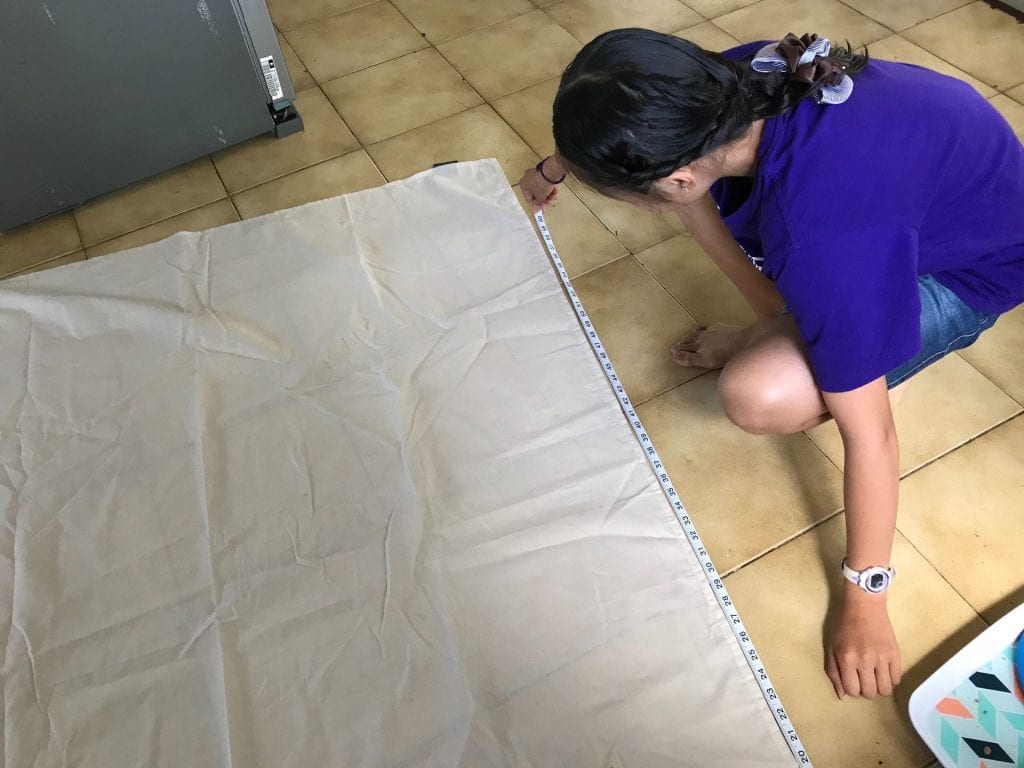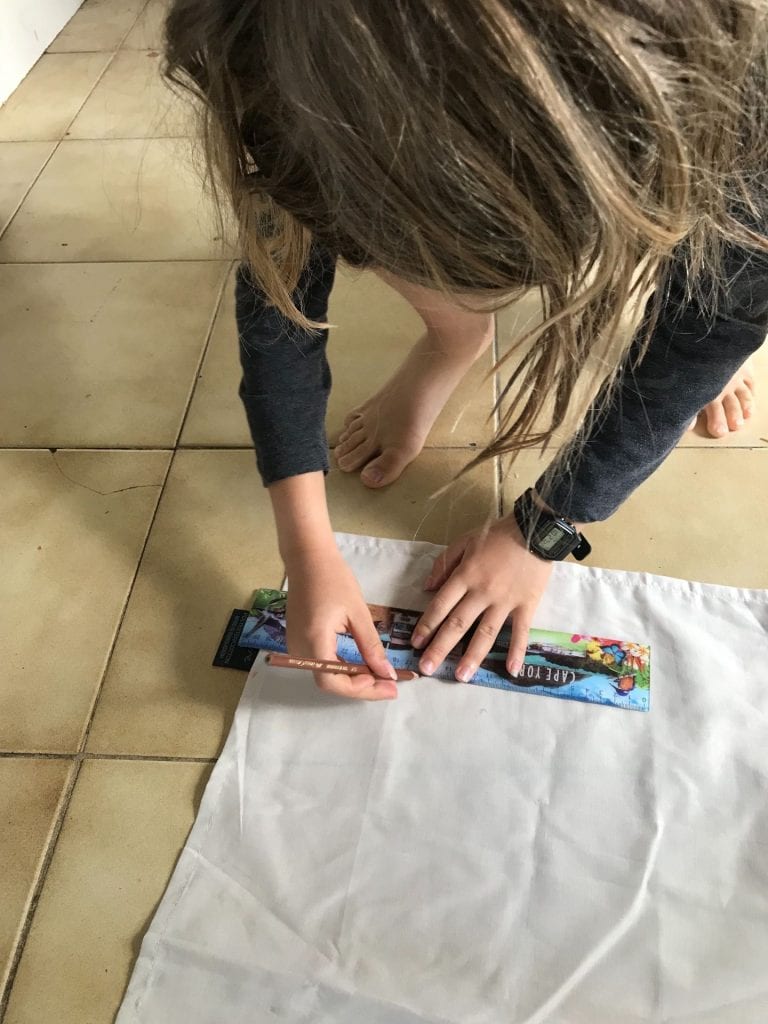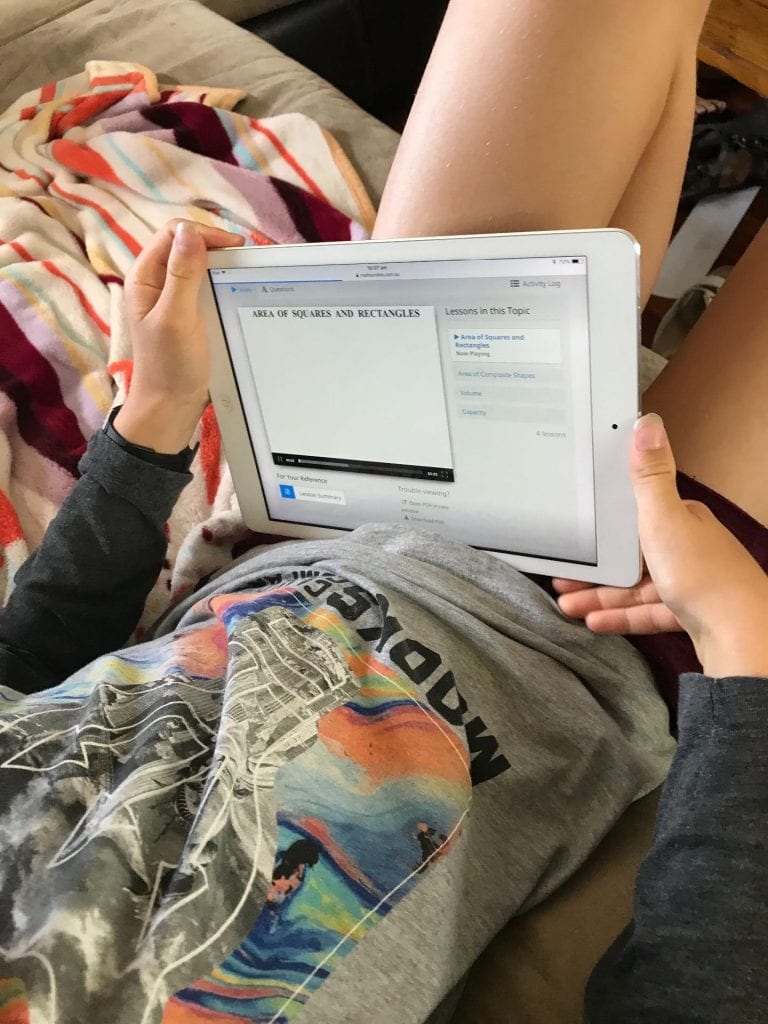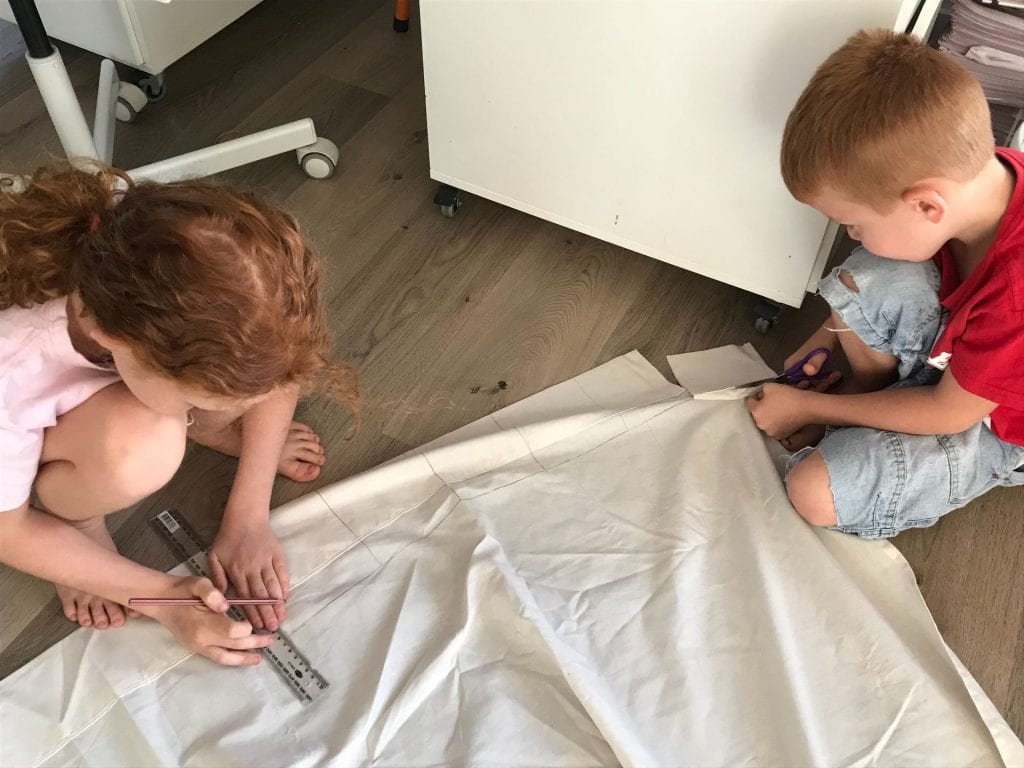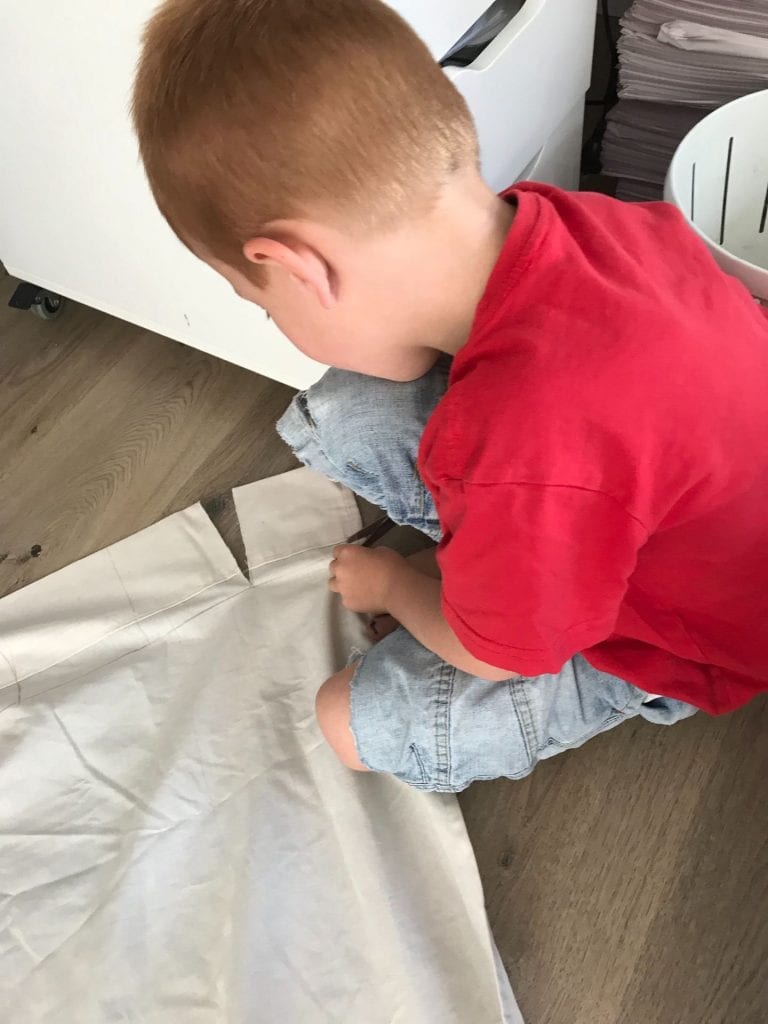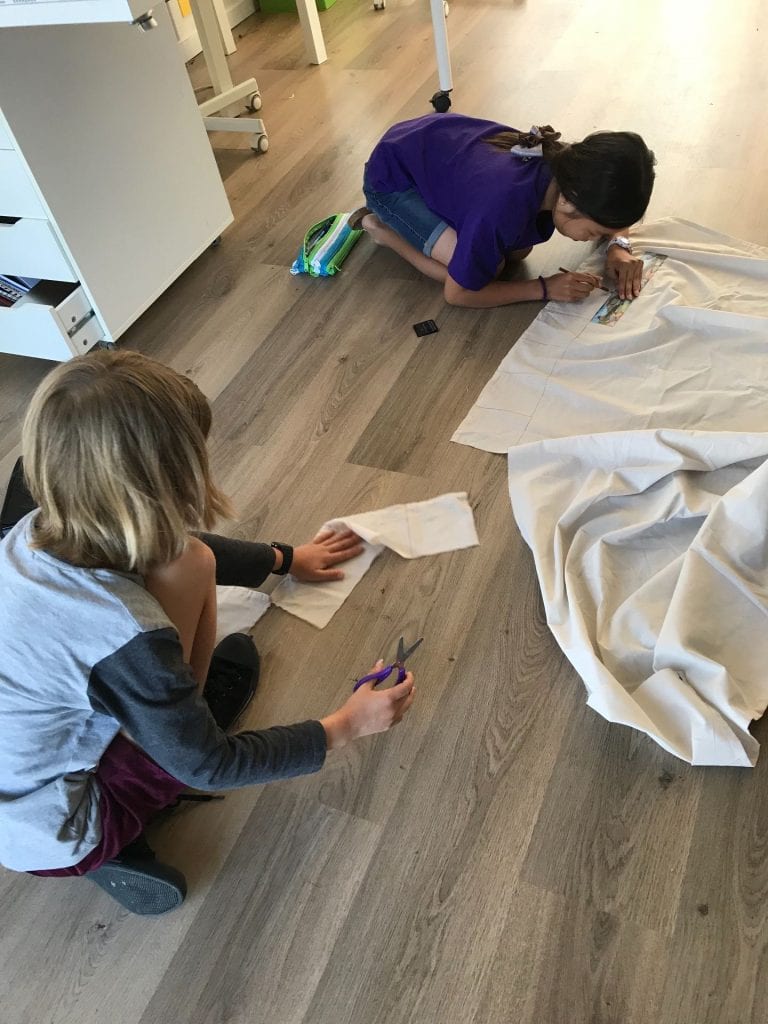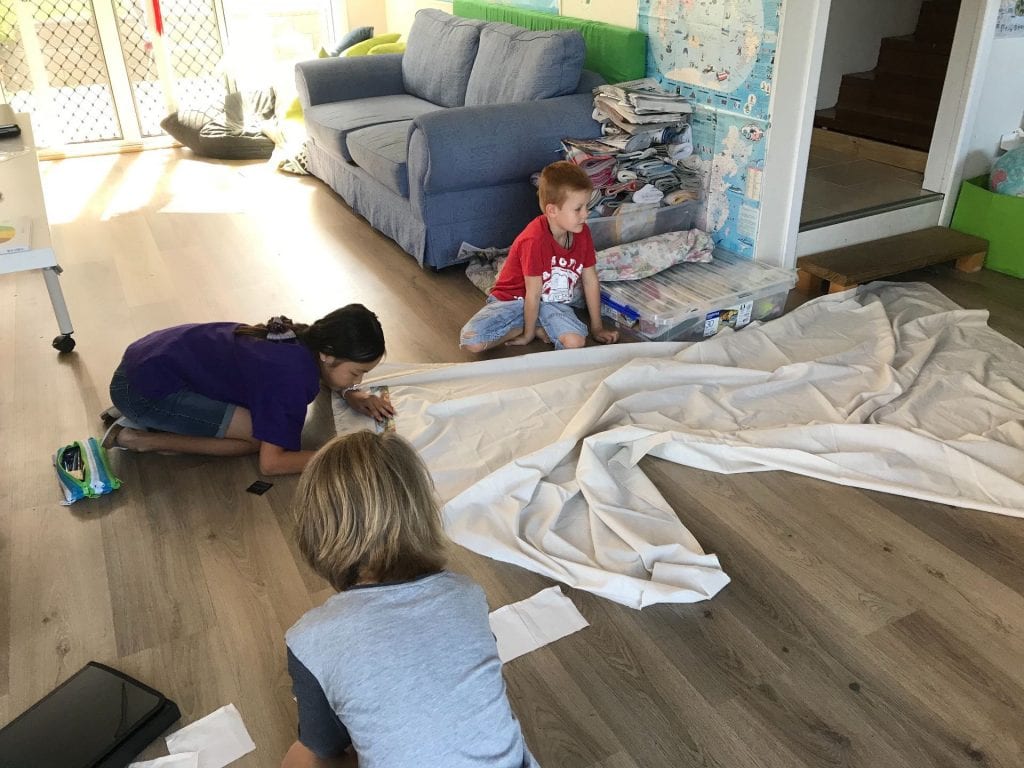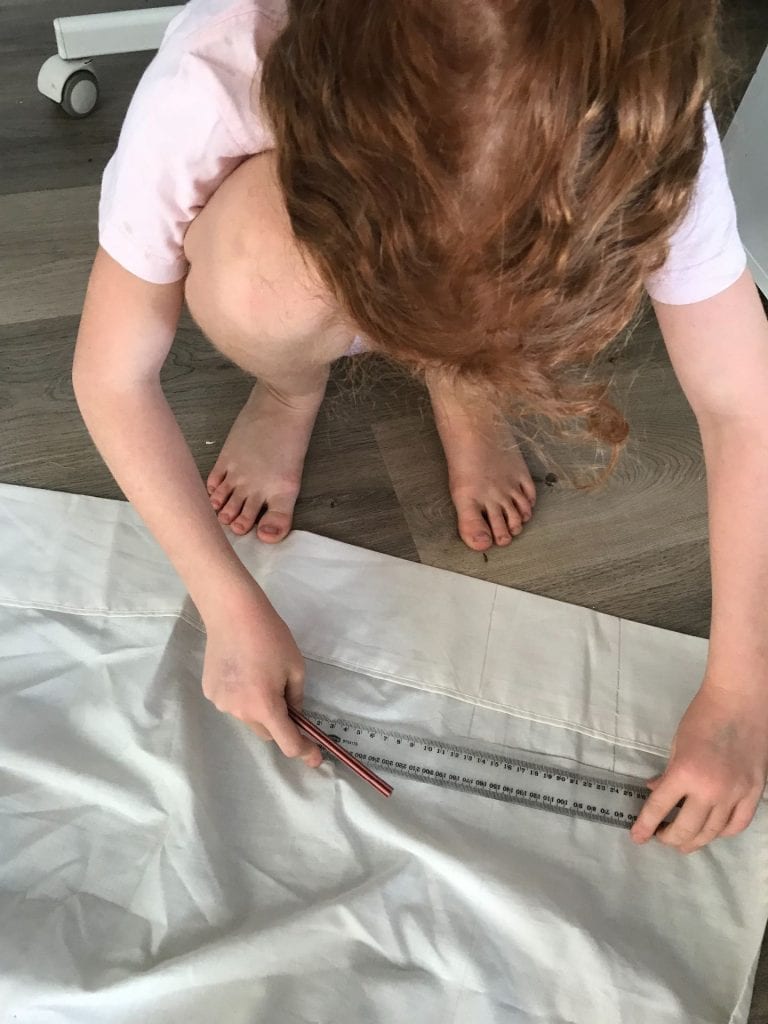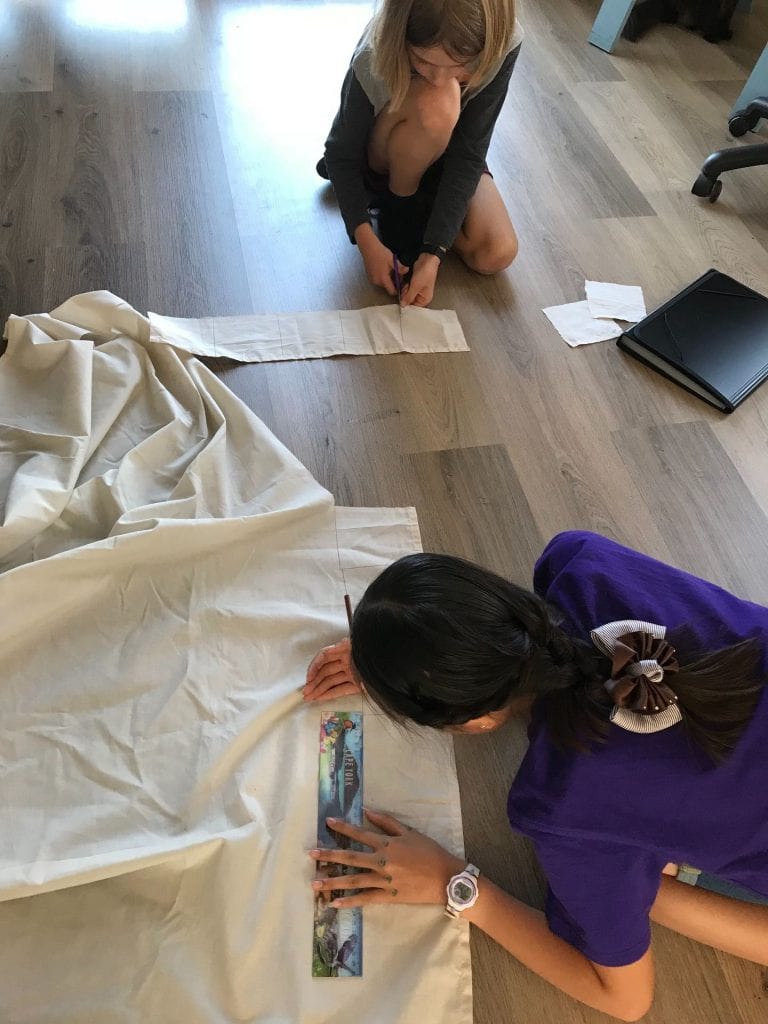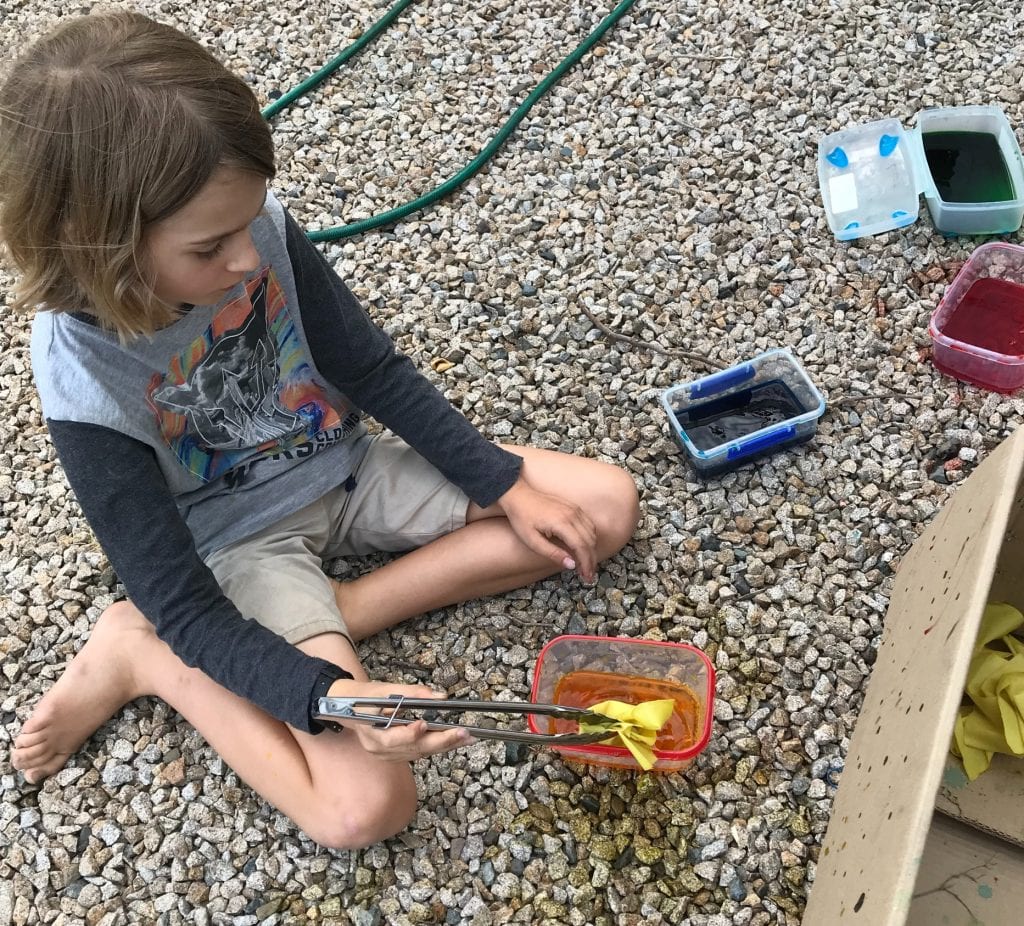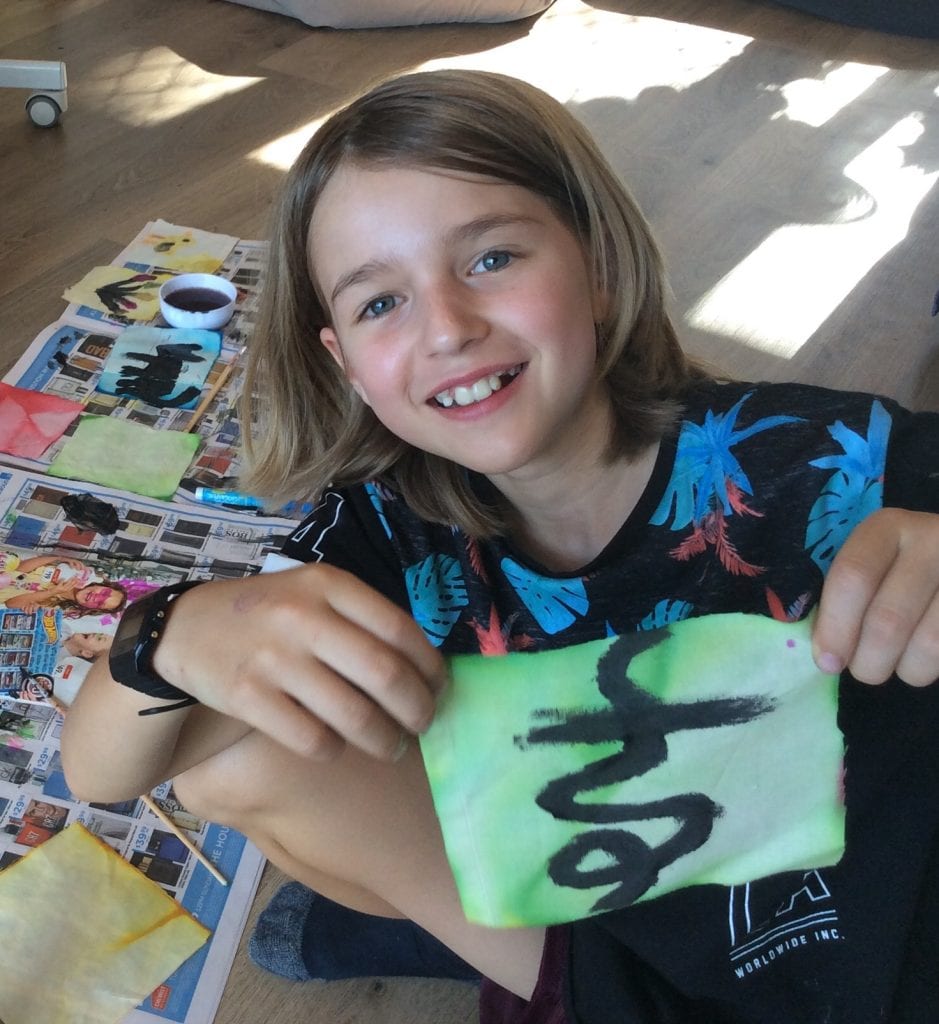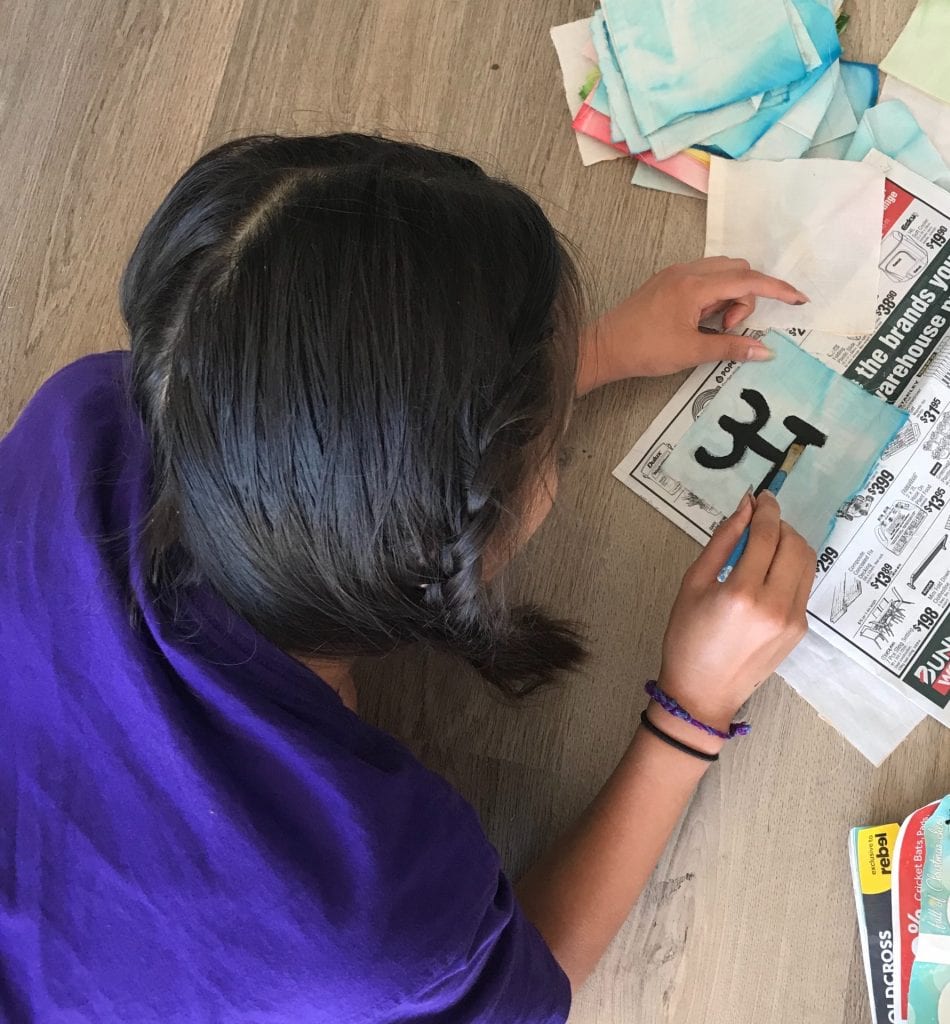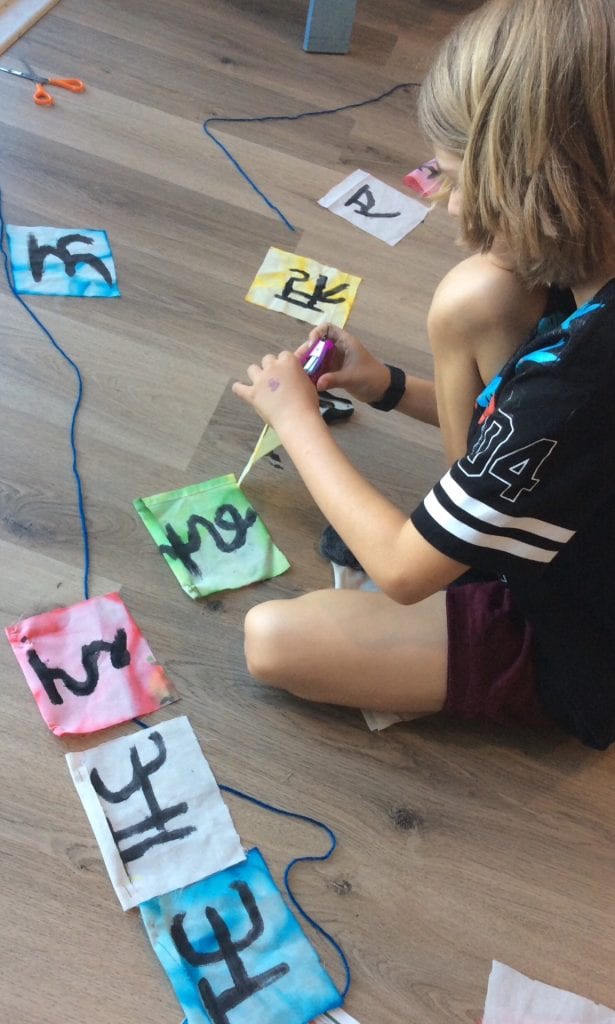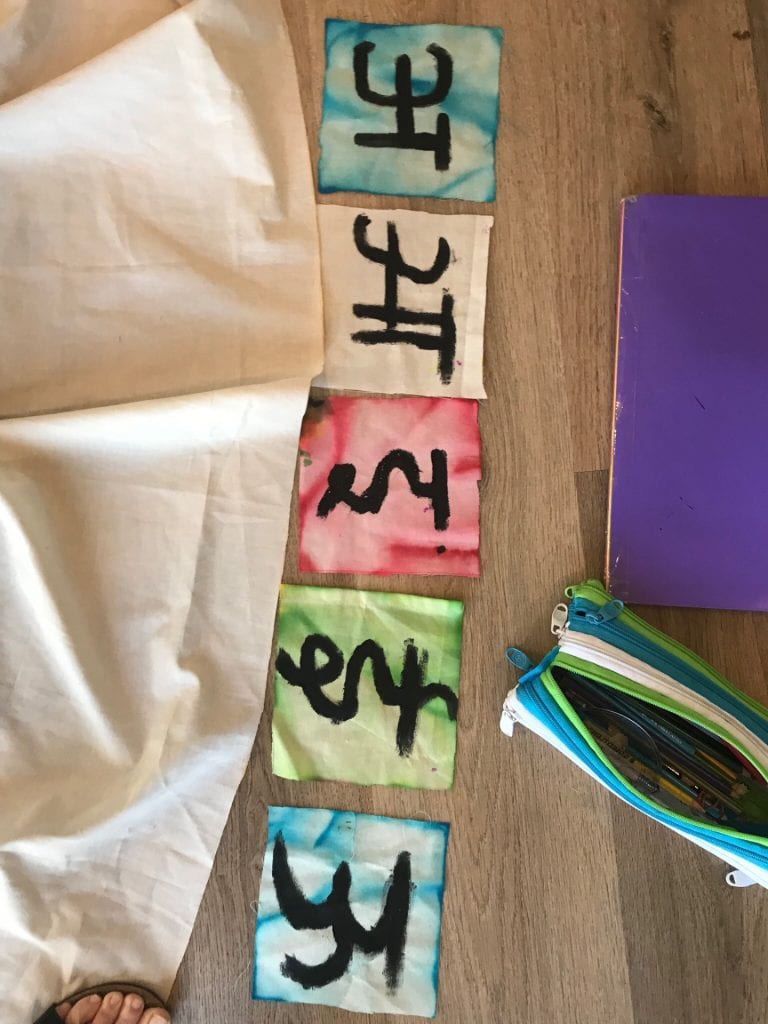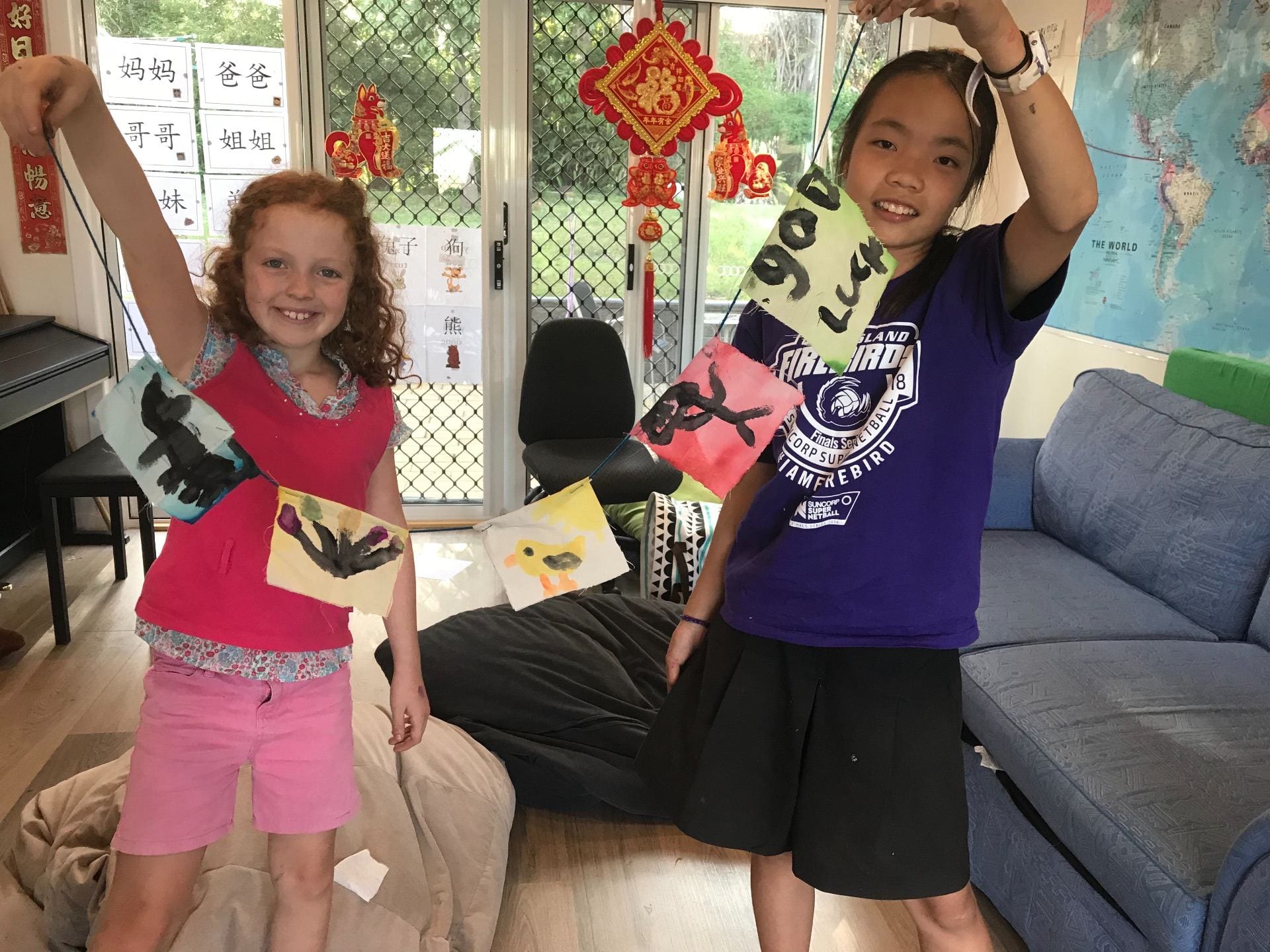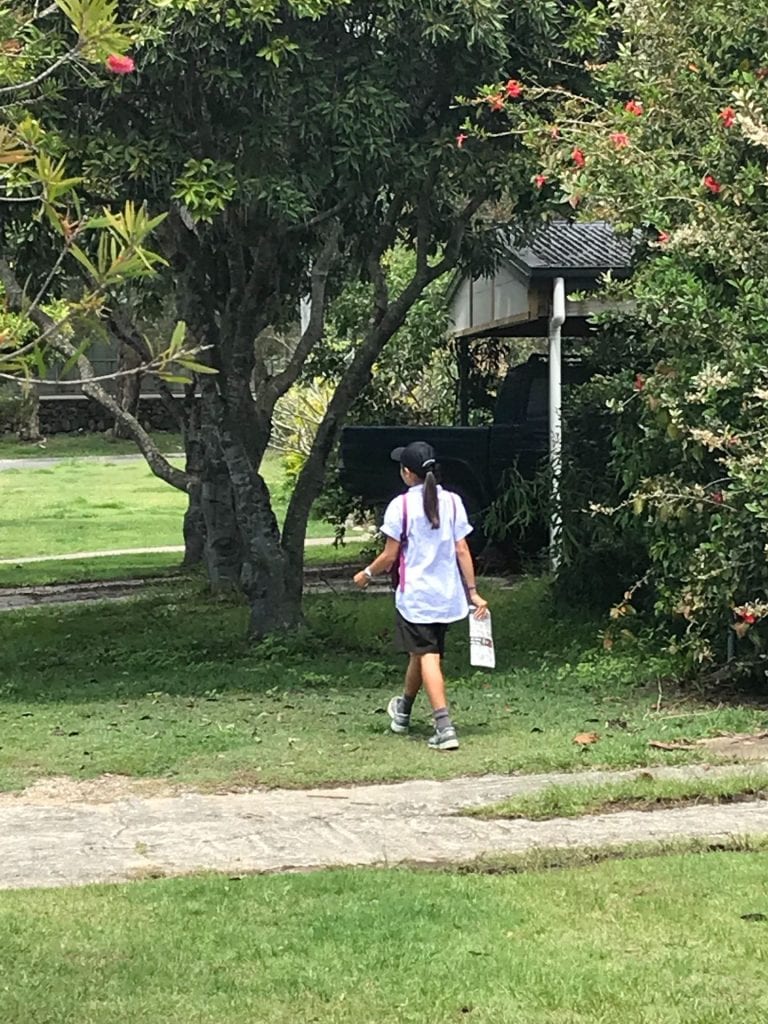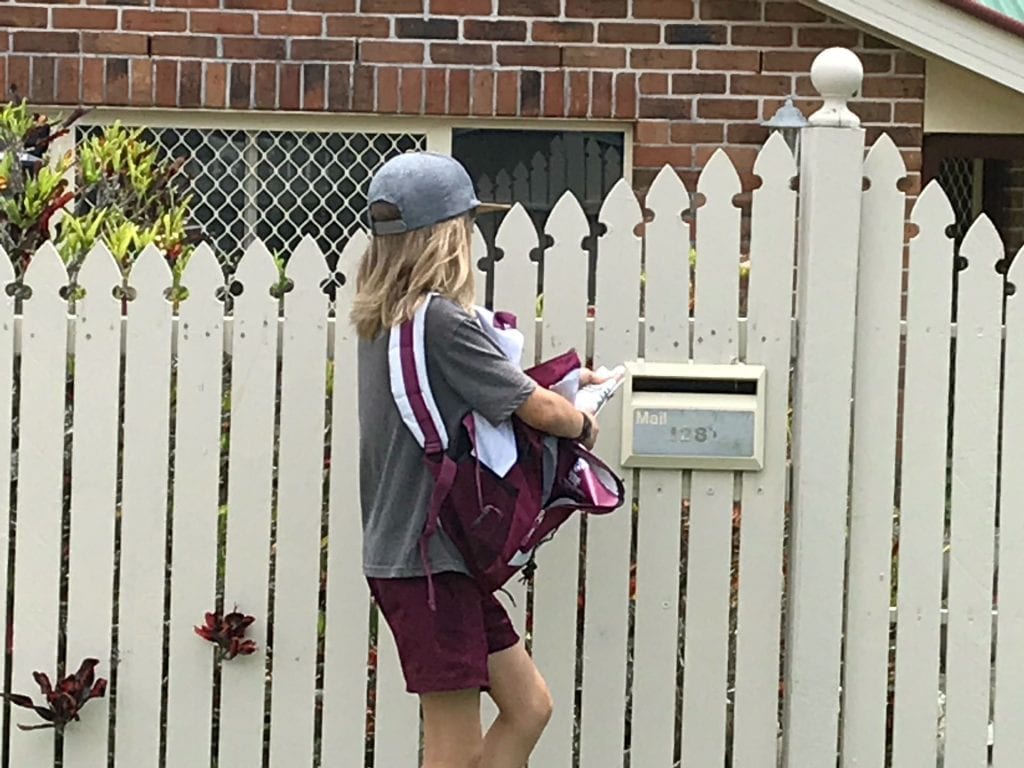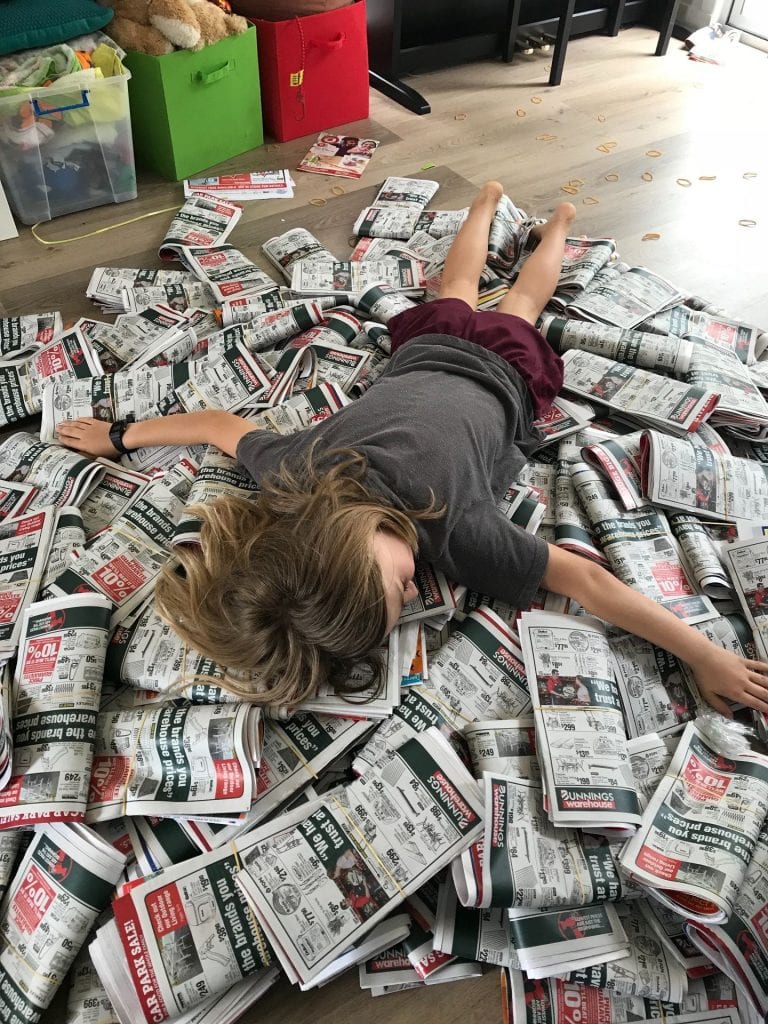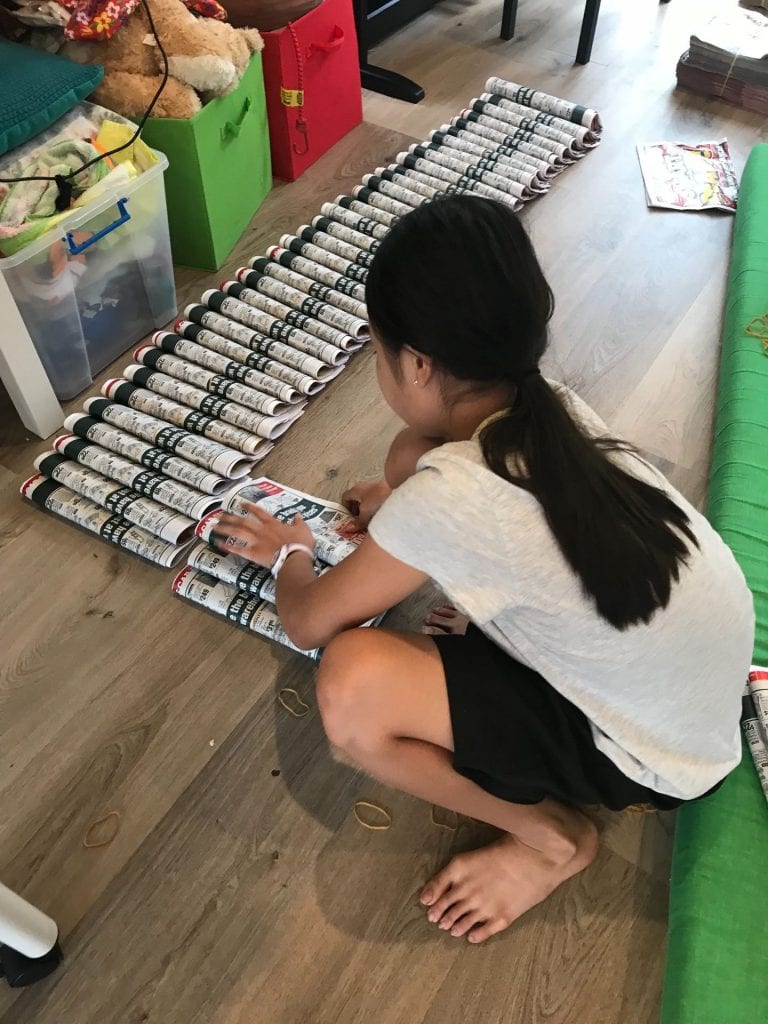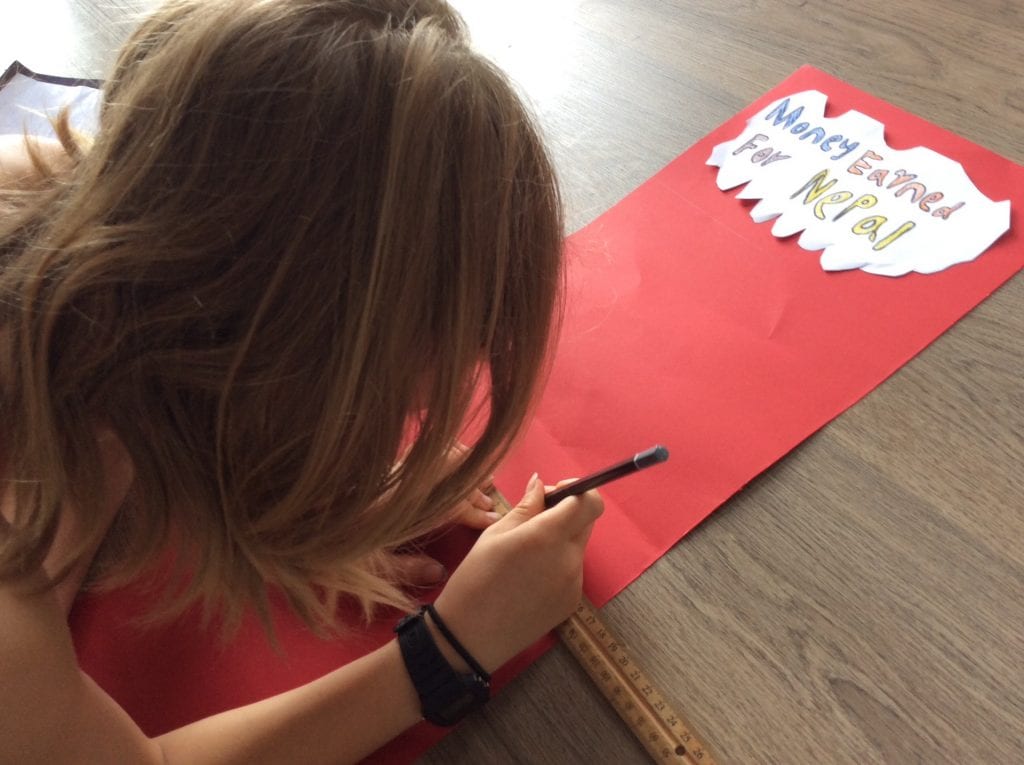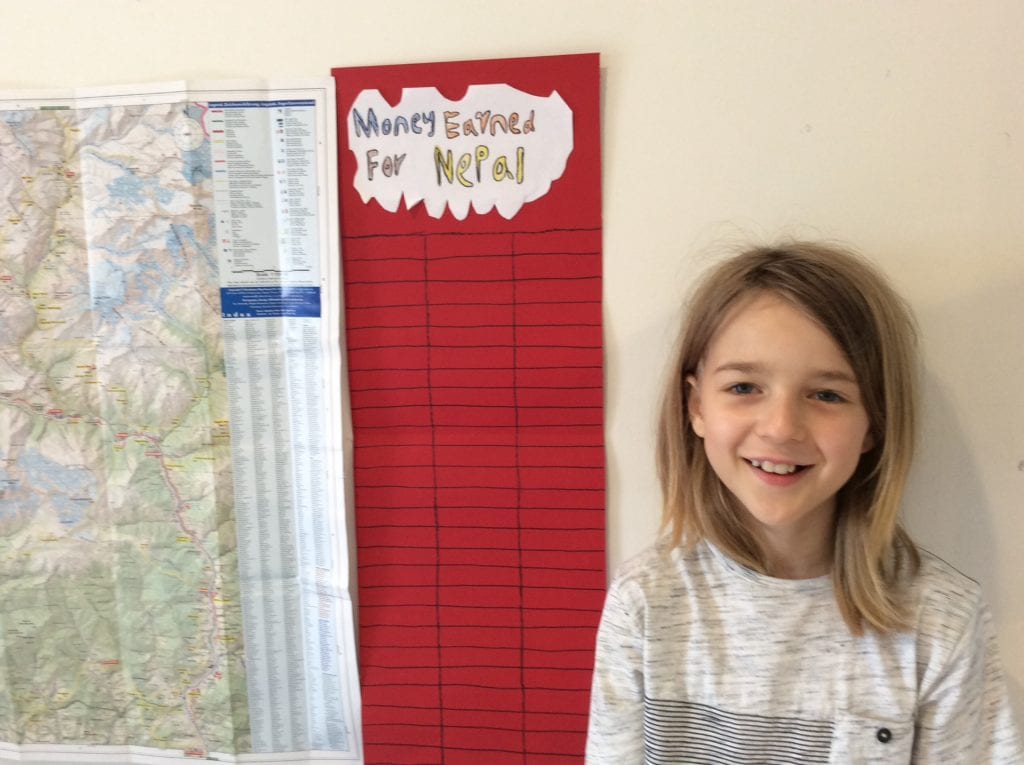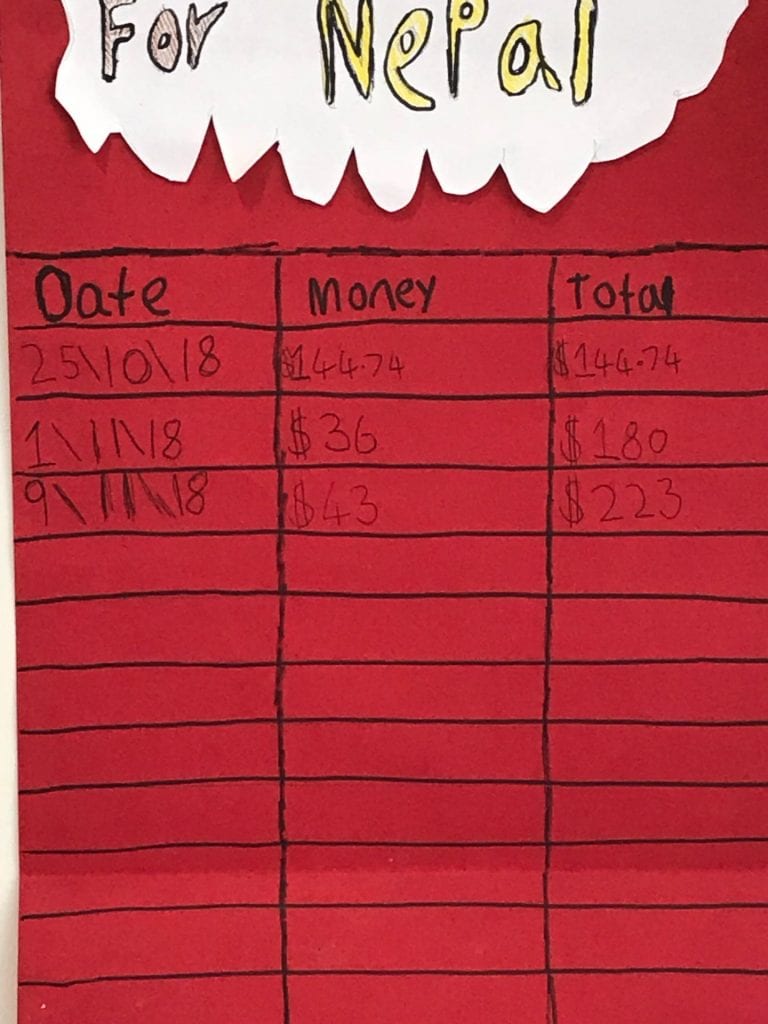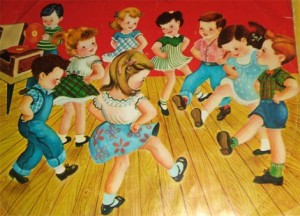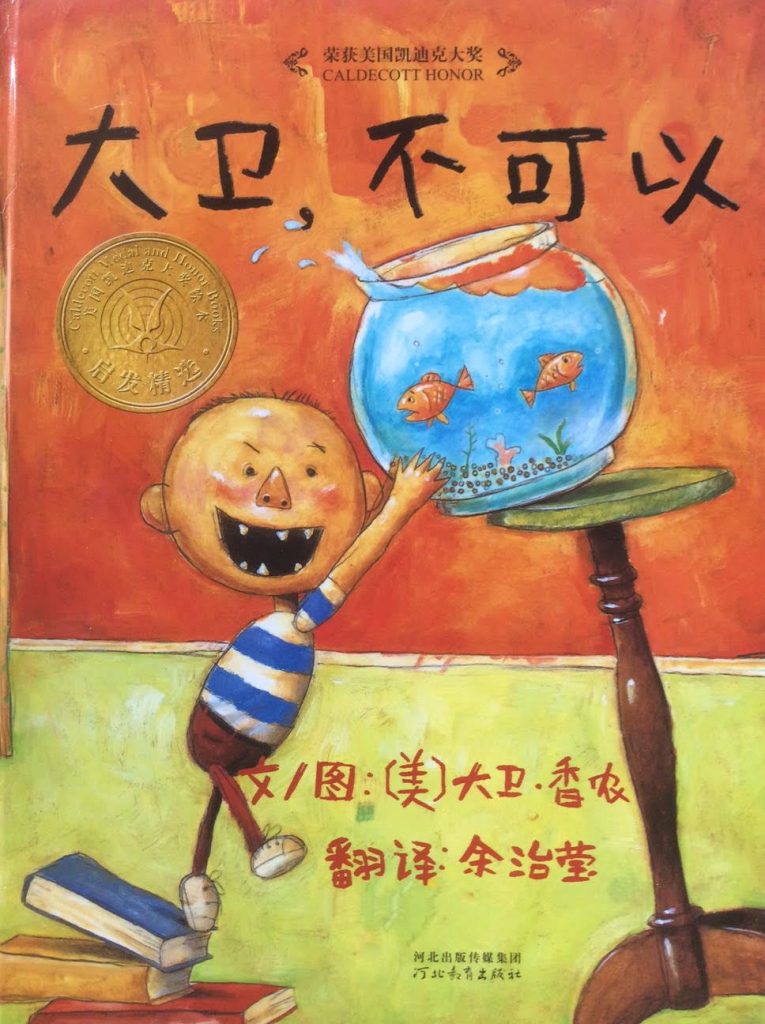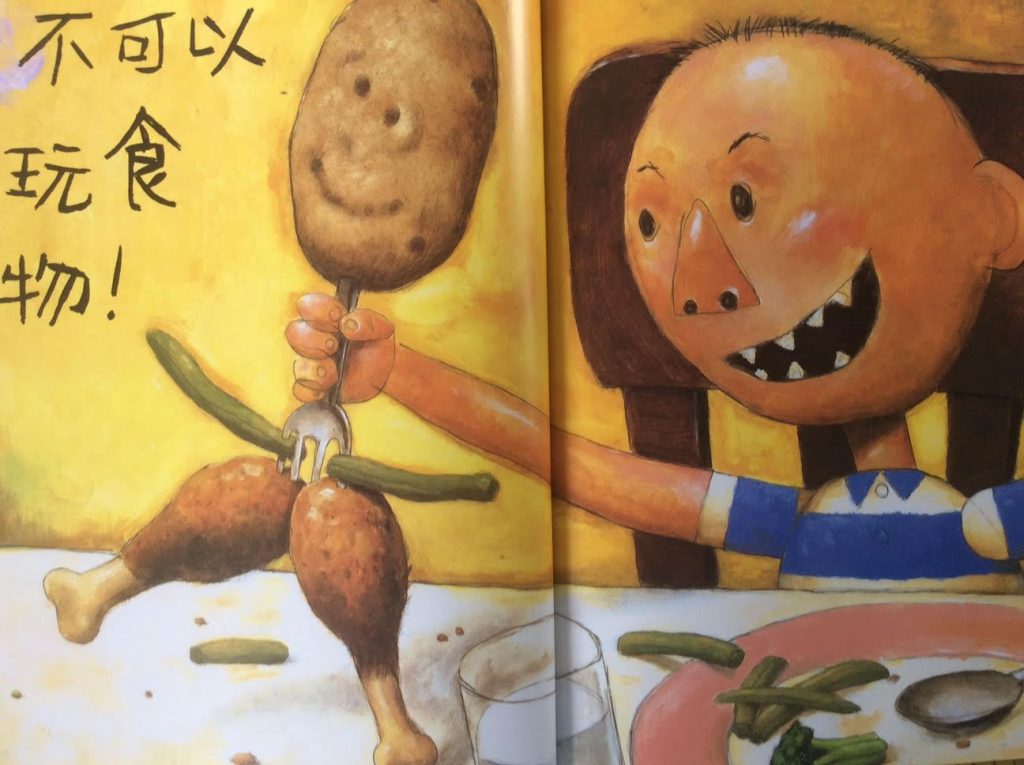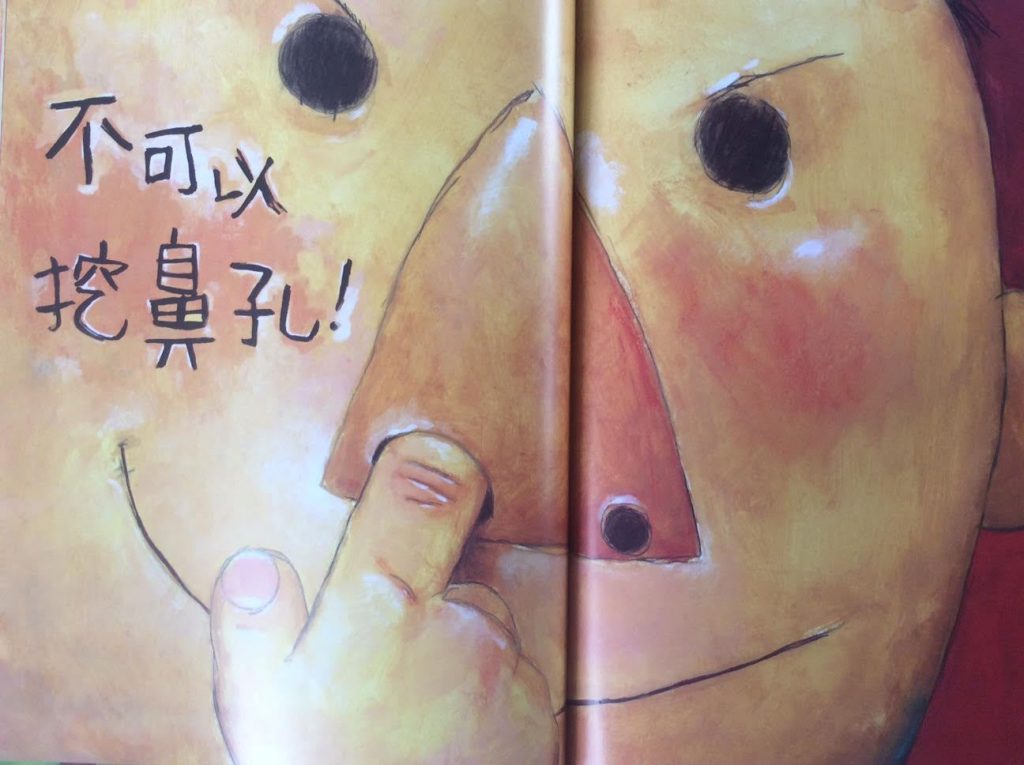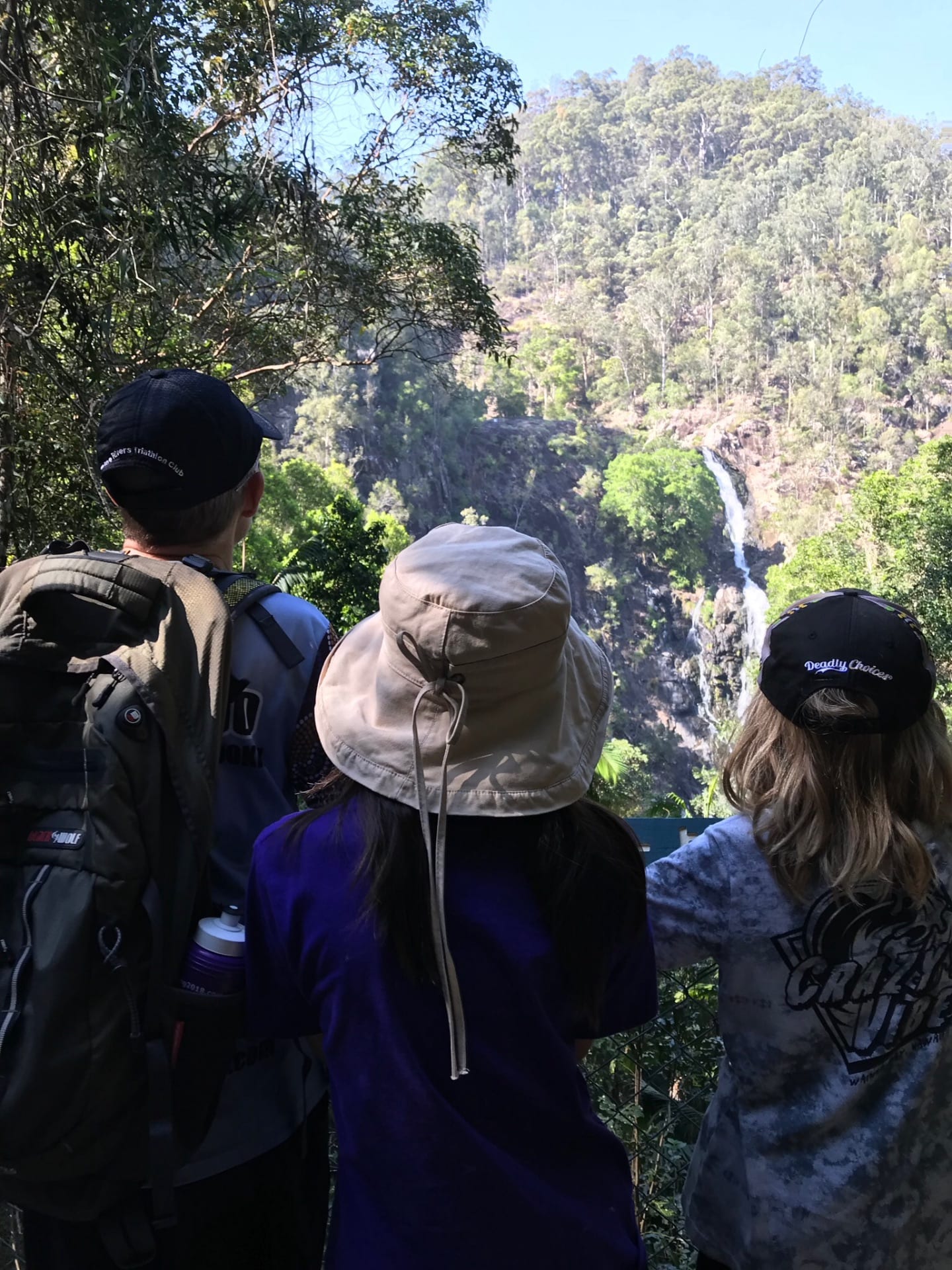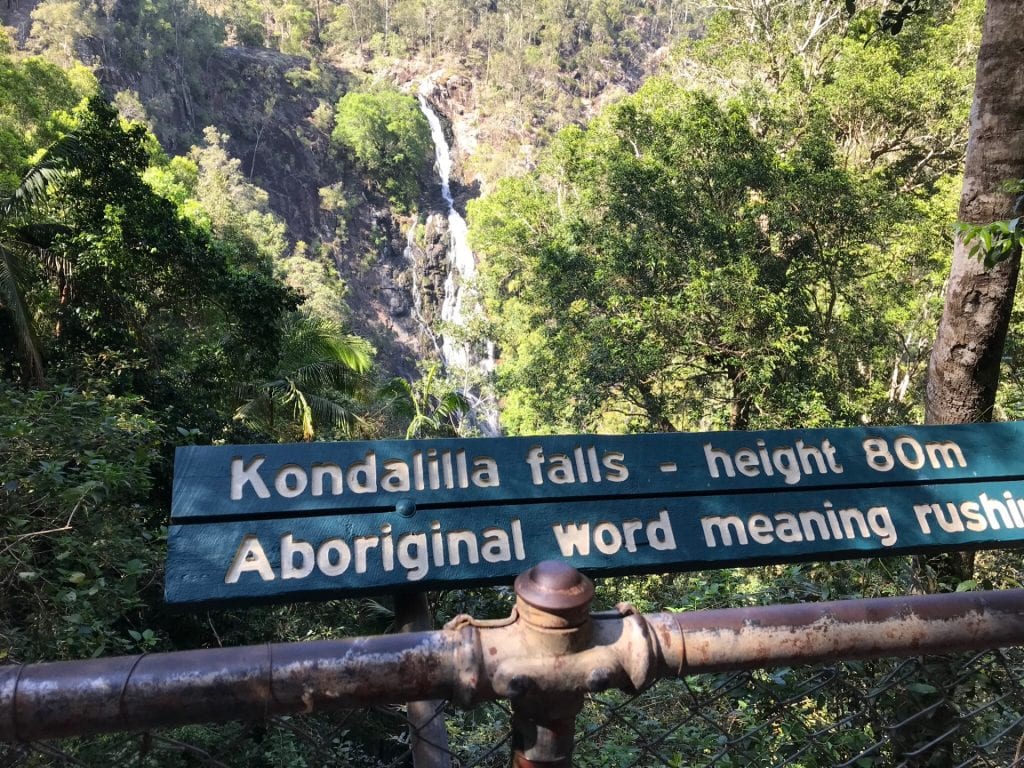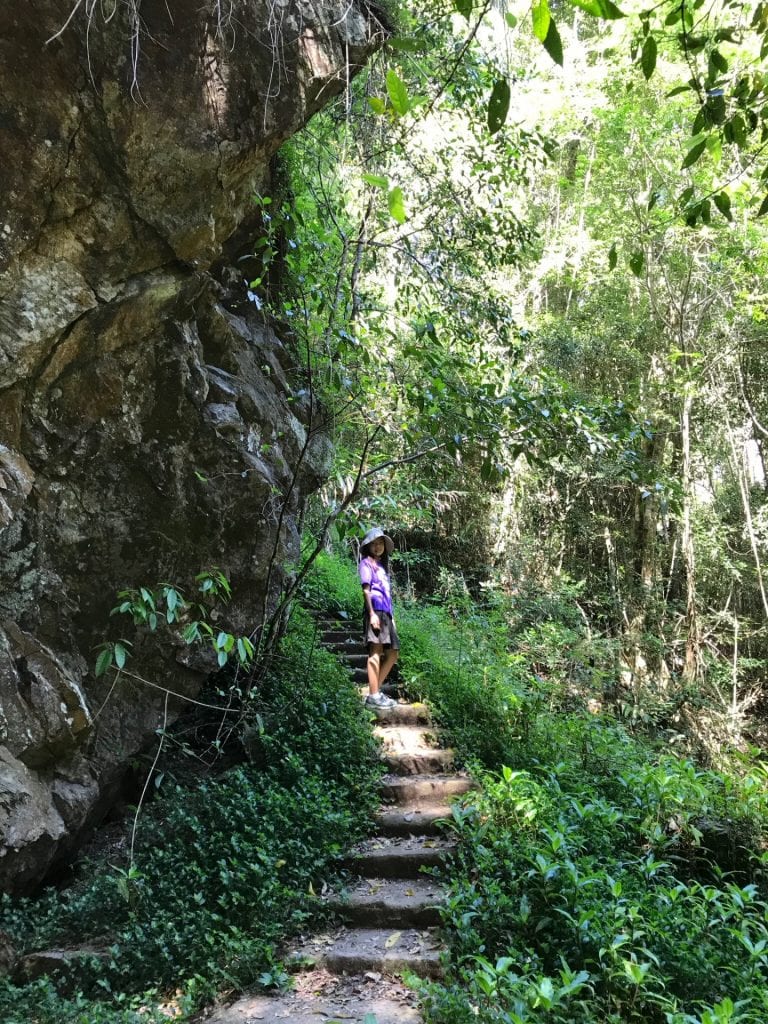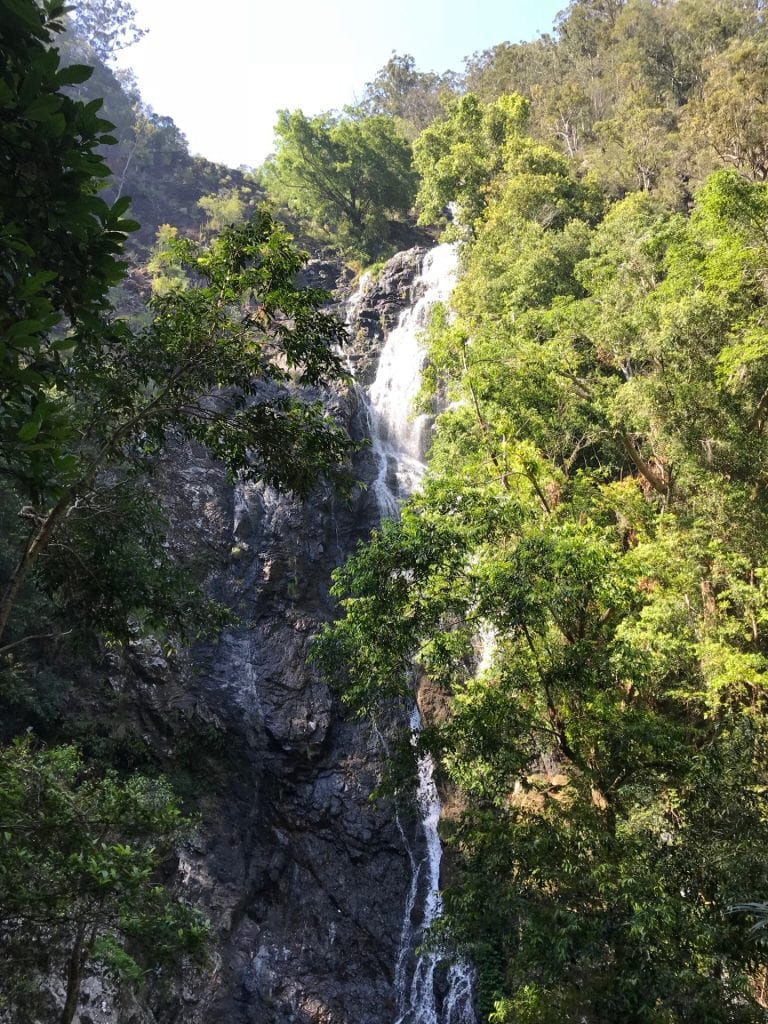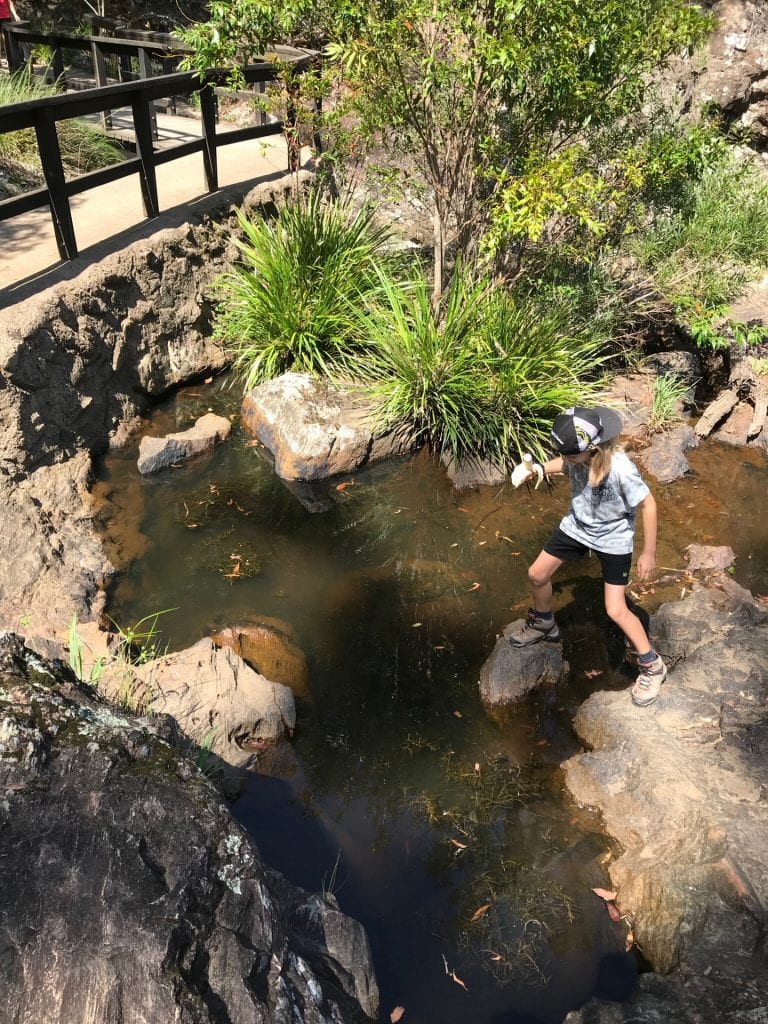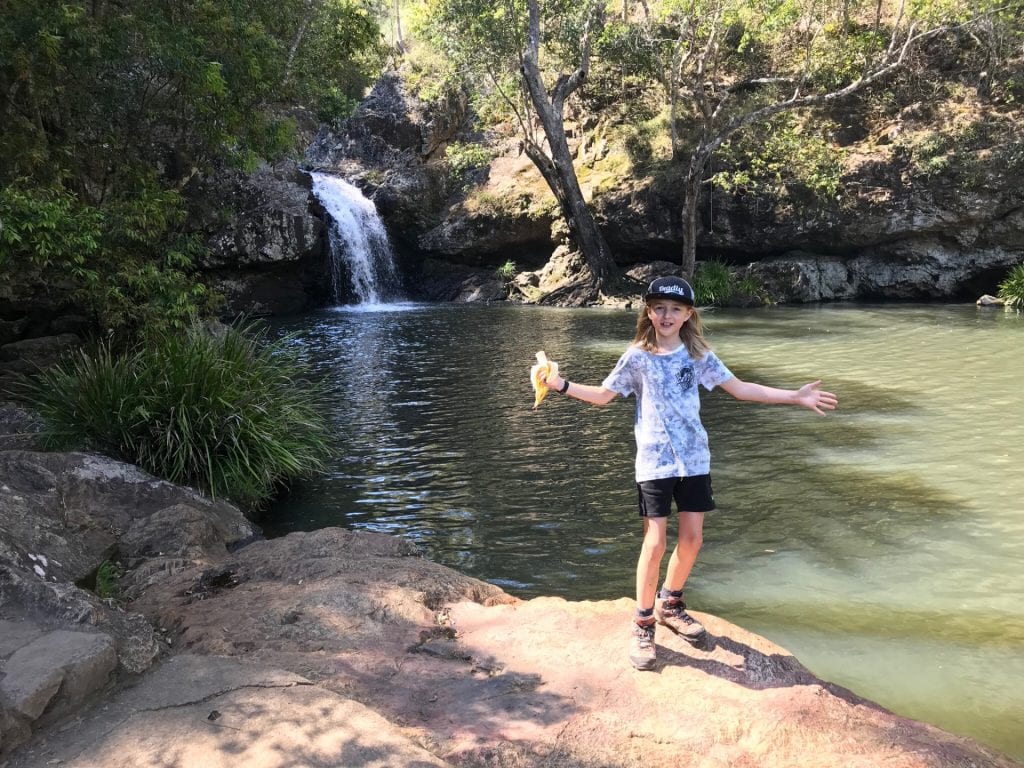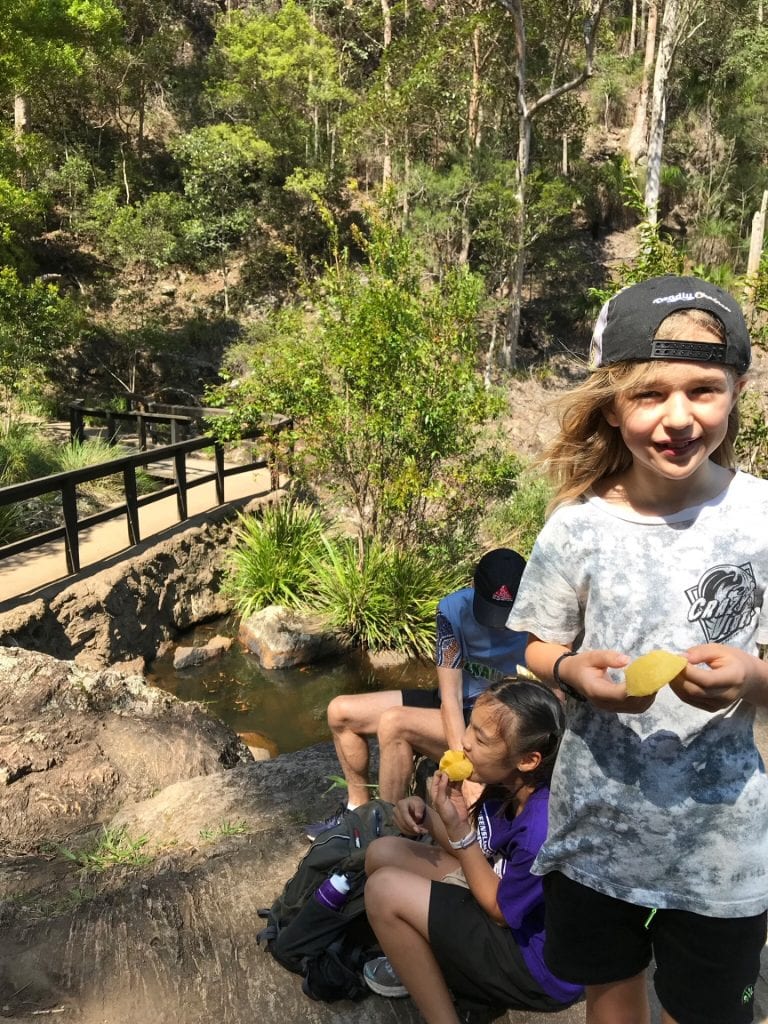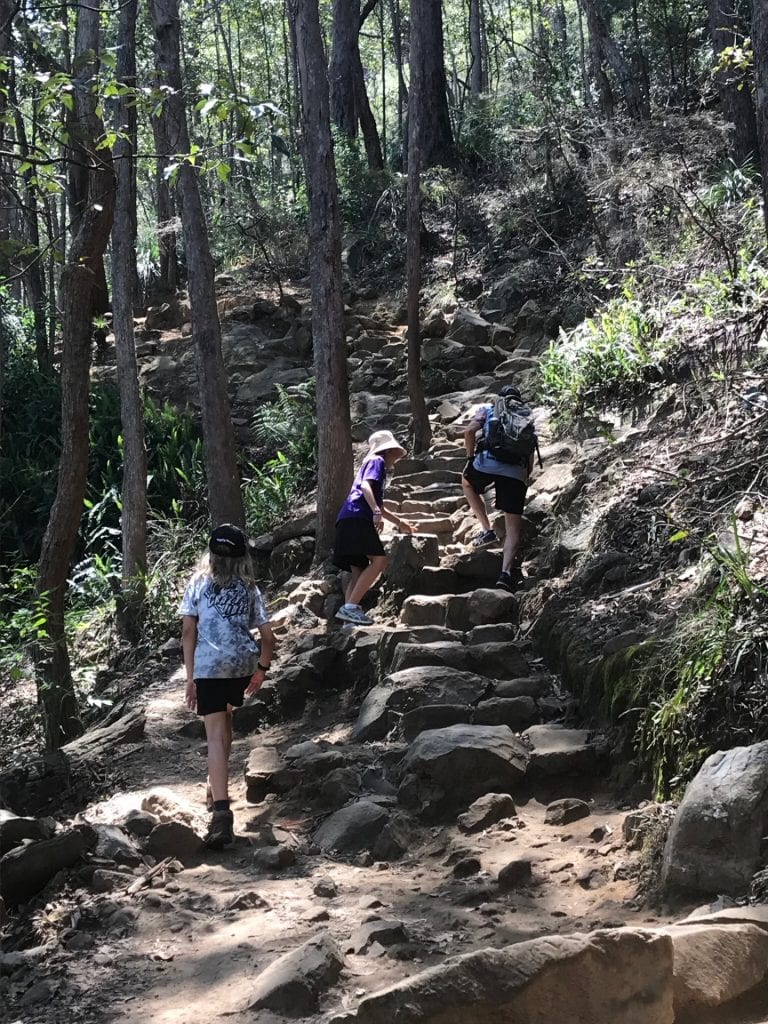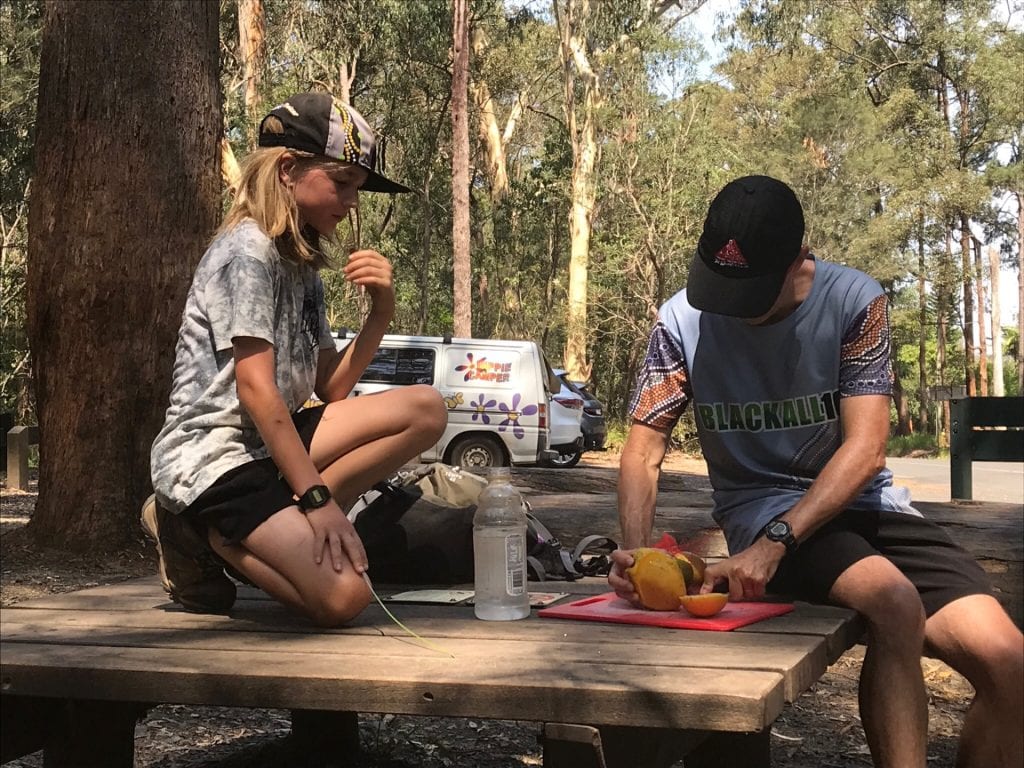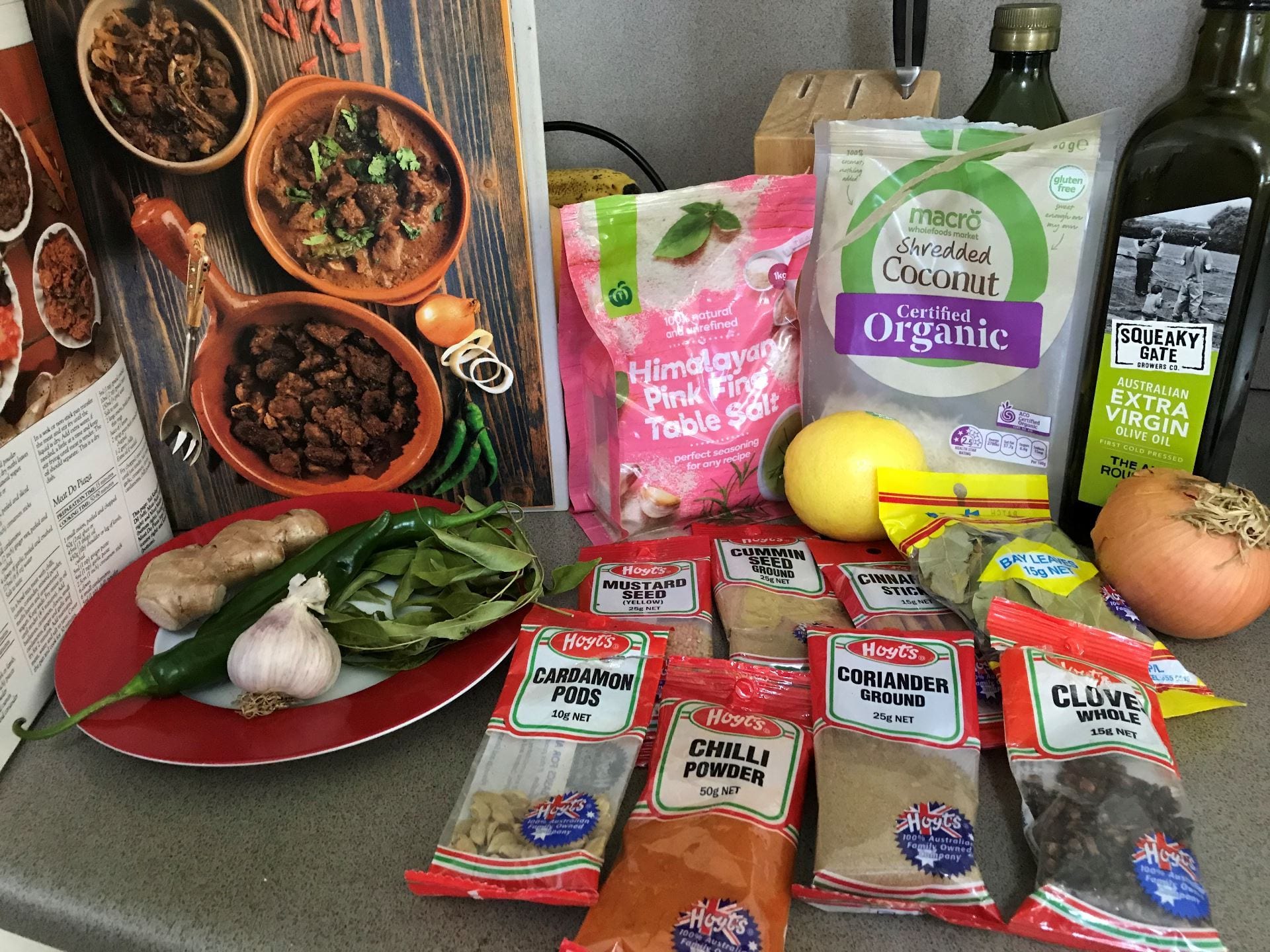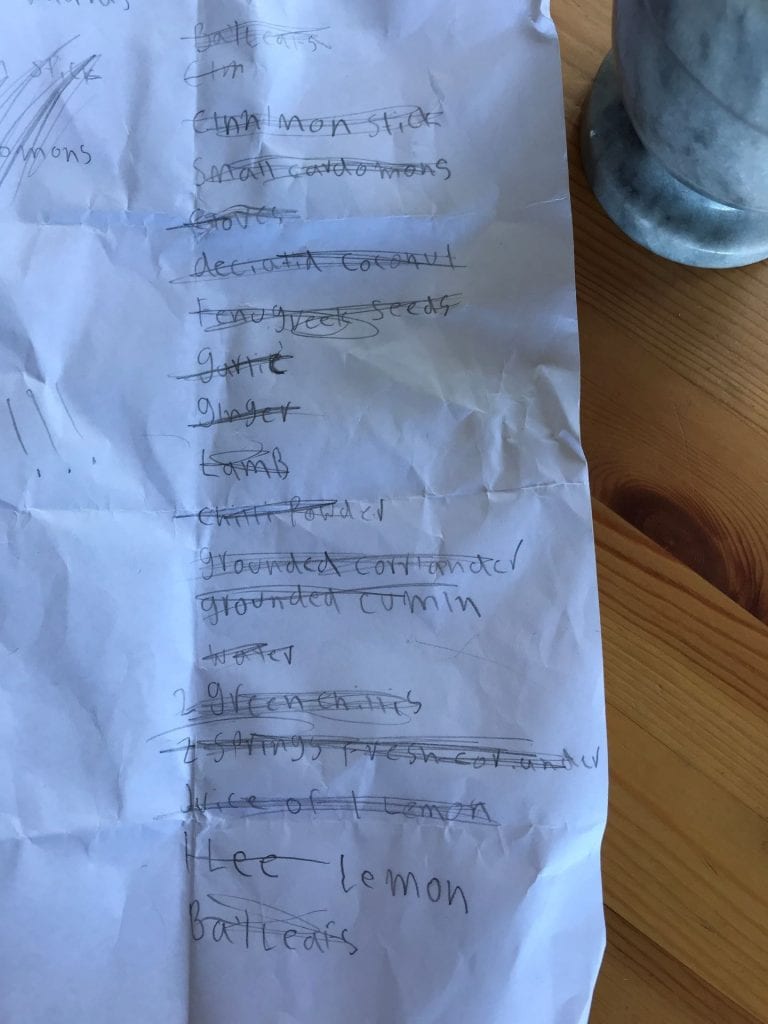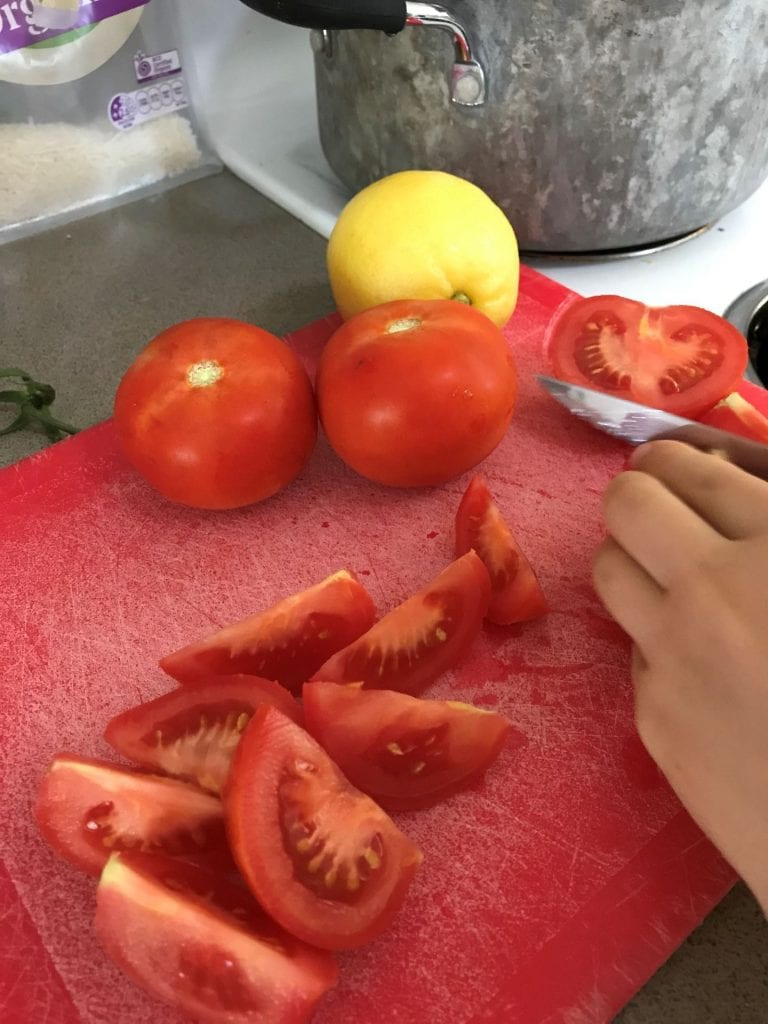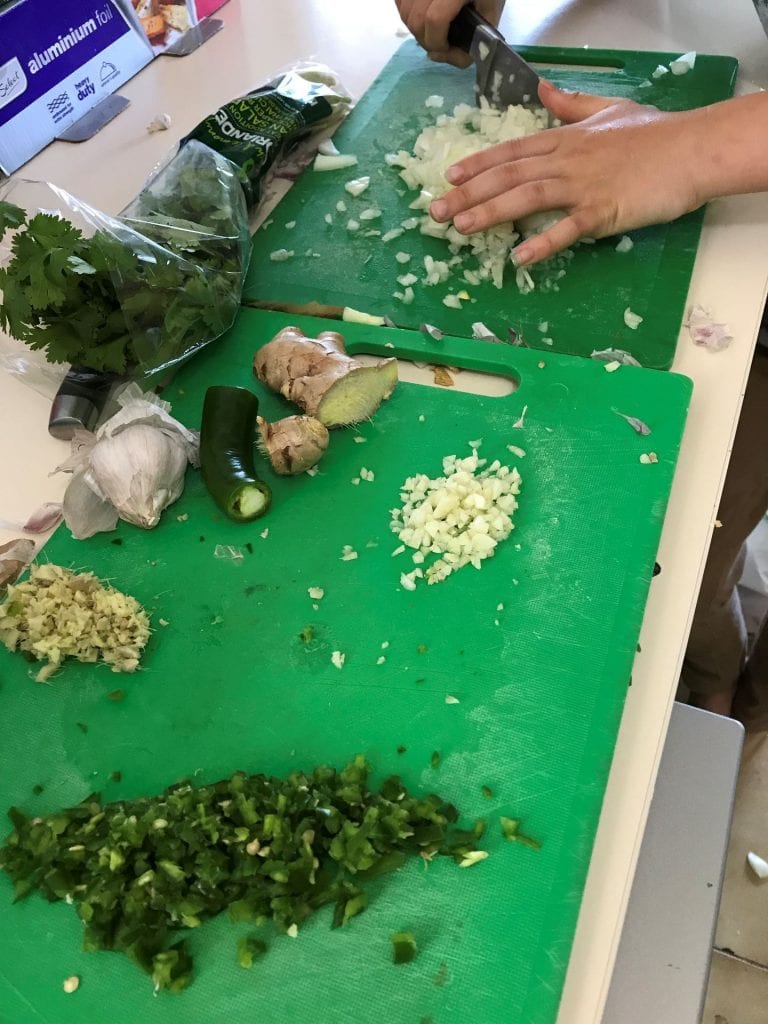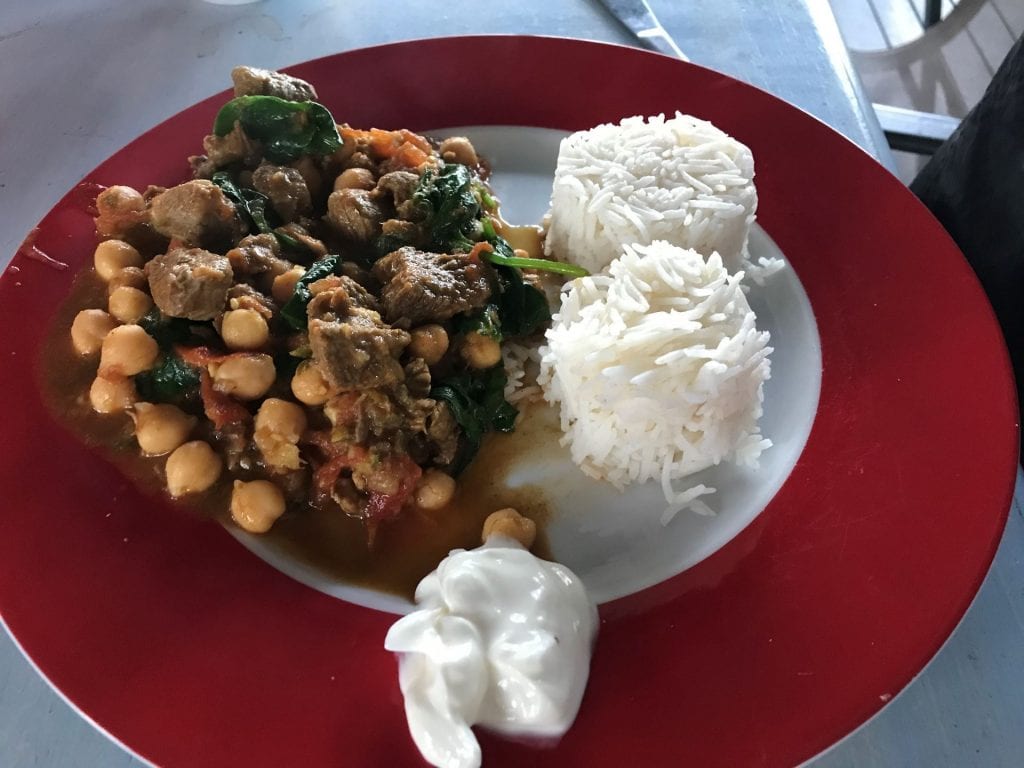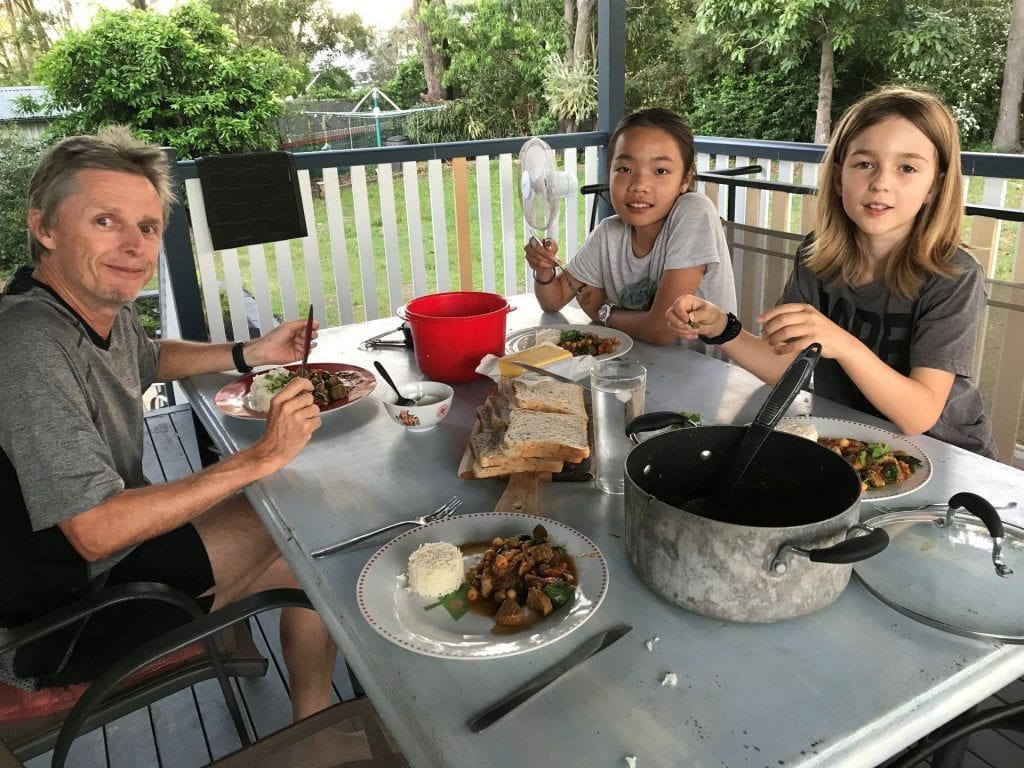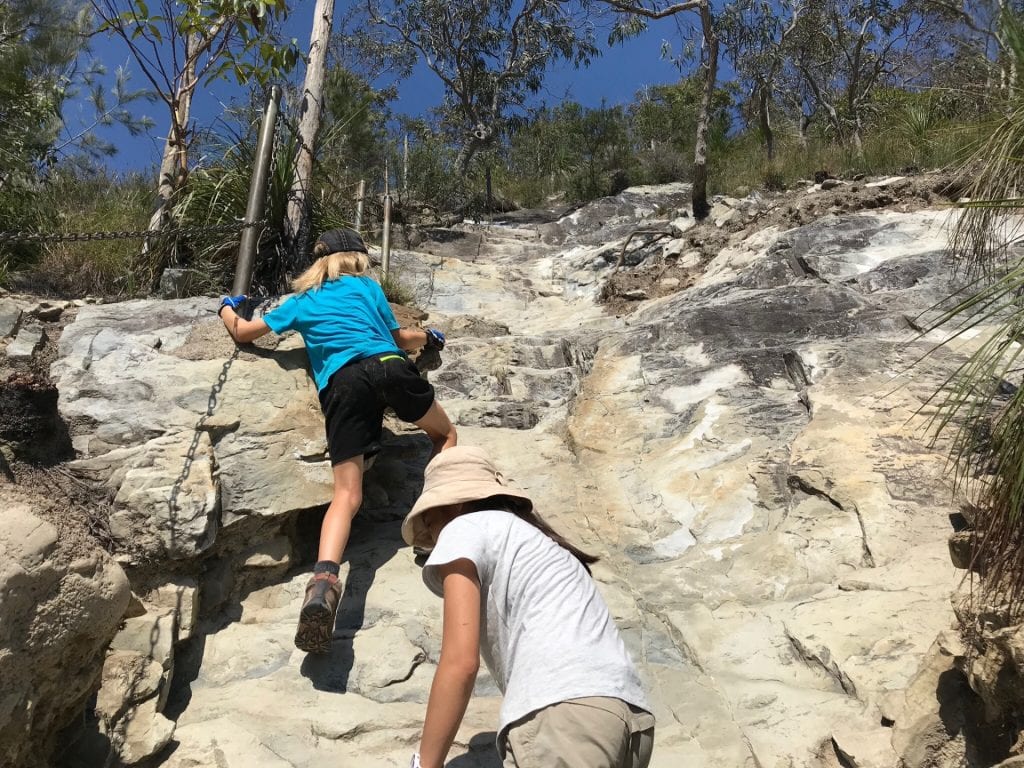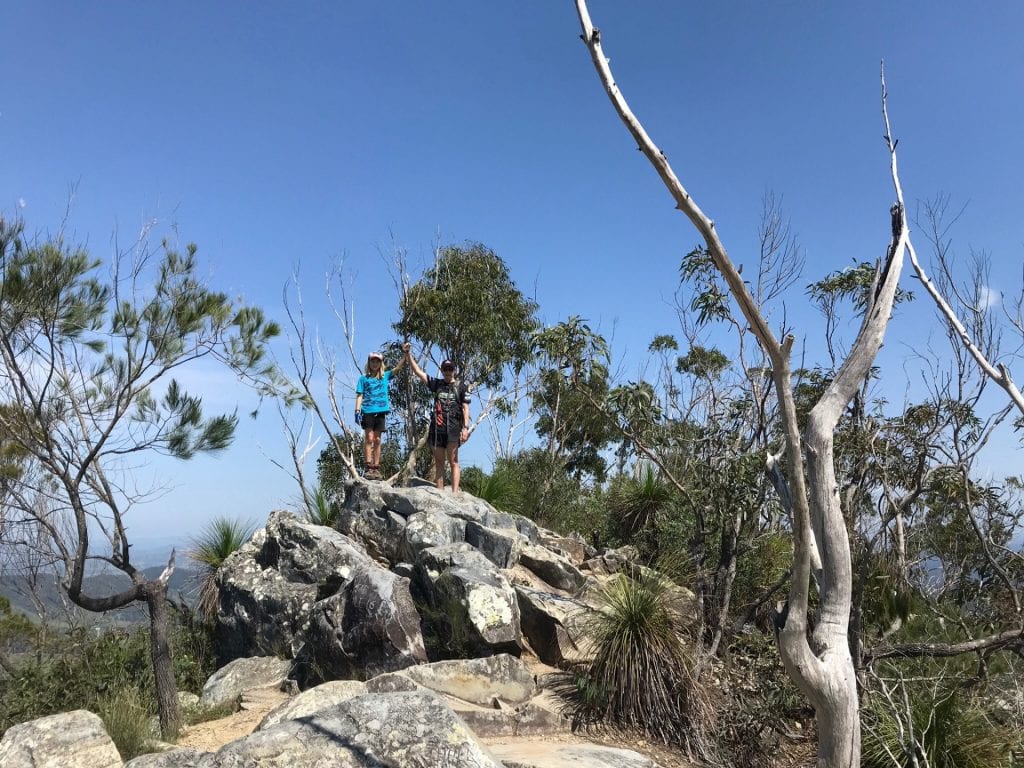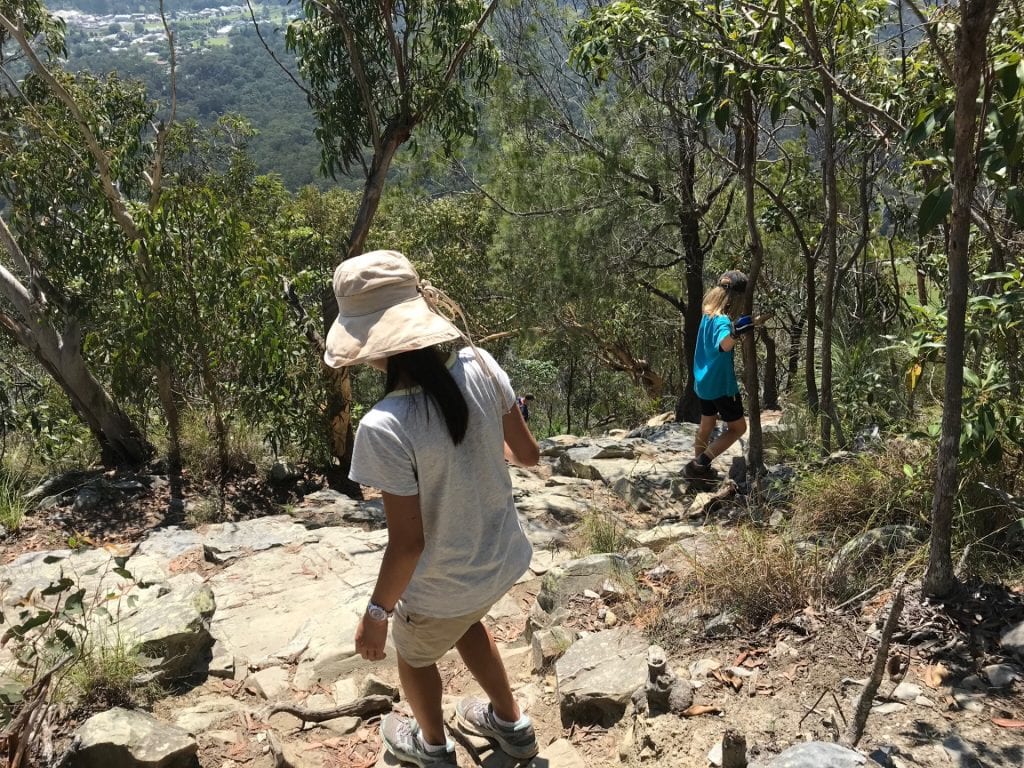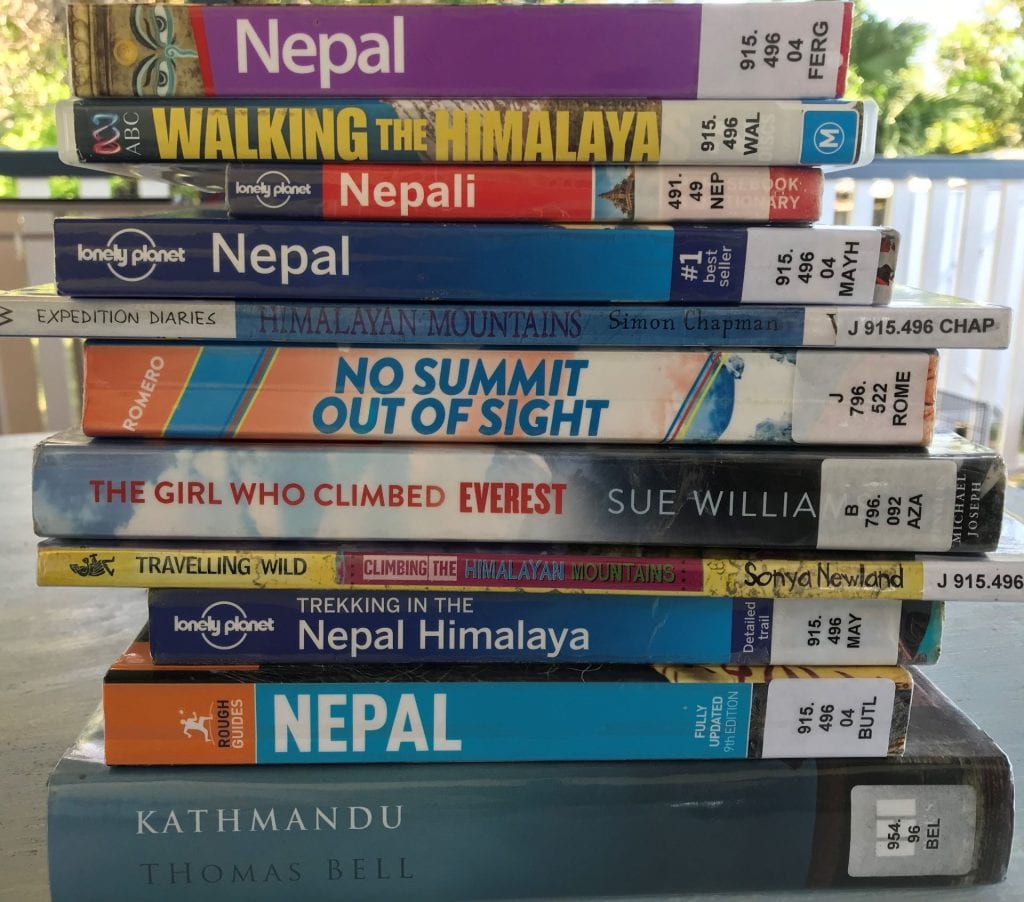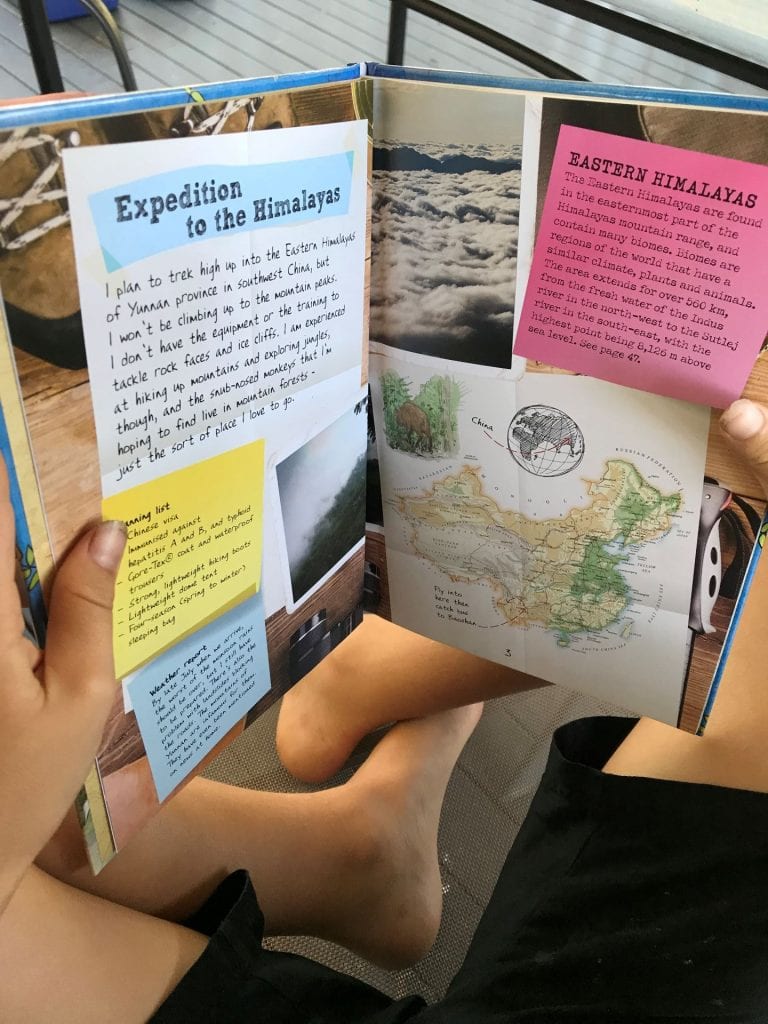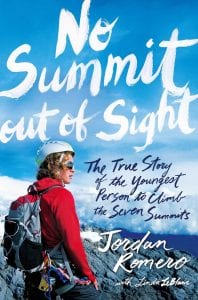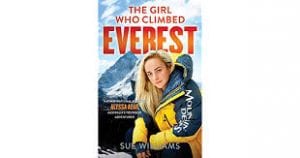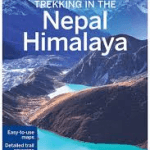Our goal of trekking around the Annapurna is our ‘Everest’. We have been reading biographies of Alyssa Azar (youngest Australian to climb Everest) and Jordan Romero (youngest worldwide to climb Everest at 13!!!!!), sharing their journey of achieving their goal, and inspiring kids to go for their own ‘Everest’ whatever their dream might be. We learn so much from their stories, from their experience travelling new cultures, planning, failing, hard work, training, safety etc., and especially BALANCE.
We have also just read Solli Raphael’s new book ‘Limelight’. He hasn’t climbed Everest :-), but at 13 has written a book inspiring kids to follow their dreams too, this time through slam poetry! At 12 he won the Australian Slam Poetry Competition, beating Adults! Here he is performing his winning slam:
His poetry is awesome, he’s not just good at poetry though, he has a passion to rally all of his generation to help change the world for the better. He gives good advice, not just about metaphors and similes 🙂 But also about the importance of well being, balance, and BREATHING…did you hear in the above poem…Breath In, Breath Out :-). His saxophone playing, his long distance running training, his tennis playing, are not just other interests, they contribute to to his mental and physical health, a balance that makes the ideas, the words, the creativity, the nerves of ‘slamming’ all possible for him. It is this BALANCE that we are focusing on as we read Solli’s poetry.
We’re not all great poets or Everest climbers…but just as we can achieve our own personal physical goals, playing with and being mindful with words can help us to transform those goals from the words of a ‘training plan’ to discovering our goals on a more personal and emotional level, from within.
We are going to try and write our own poems about our journeys, but first we are exploring the genre of SLAM. Slam is like the RAP of poetry. So to get us warmed up, we thought we would learn a RAP. But, as we need to maintain our Mandarin while we learn Nepali, we thought we would learn a RAP in Mandarin 🙂 Our goal to trek around the Annapurna is about having a goal that will keep BALANCE in focus, a goal that we can integrate all our learning areas with a focus on our inner, local and global ‘Well being’. So we are learning a RAP in Mandarin about having a ‘Balanced Lifestyle’. Memorising this rap, and making a video to go with it, will help us to talk about the topic of having a balanced lifestyle while we achieve our goals, with friends in China. And of course it integrates LOTE, English, Health, Music, Arts and Technology. It will help us to share bilingually what we think is important to achieve our goals.
We found the site Mandarin Rap Podcast for learning how to talk about some deeper topics in Chinese through learning Rap! It’s a great site, check it out! We found a rap about Lifestyle Balance on the site.
Here is the video of Aurora and Lucas singing the Rap. They added images to help with meaning, as well as subtitles in Mandarin and English. Lyrics in Chinese characters, pinyin and English translation below.
哎呀!我很累。
没有时间休息,没时间休息
平衡生活是重要的
学生的压力特别大,
作业复习堆成山。
每天忙得团团转,
生活节奏并不慢!
很多大人 都希望
收到奖金,也晋升。
一天到晚都工作,
还是没法养活家人。
空闲休闲总是少,
但是平衡生活很重要
让我们大家行动起来!
调整,改变都必要
水果,蔬菜每天吃,
多喝水少喝咖啡
从不走进麦当劳,
戒烟限酒,这很对!
适量运动不忘记,
坚持燃烧卡路里
天天锻炼对身体好
早睡早起不会老。
āiyā wǒhěnlèi
méiyǒu shíjiān xiūxi méi shíjiān xiūxi
pínghéng shēnghuó shì zhòngyàode
xuéshengde yālì tèbié dà
zuòyè fùxí duīchéngshān
měitiān mángdé tuántuánzhuàn
shēnghuó jiézòu bìng búmàn
hěnduō dàrén dōu xīwàng
shōudào jiǎngjīn yě jìnshēng
yītiān dàowǎn dōu gōngzuò
háishi méifǎ yǎnghuó jiārén
kòngxián xiūxián zǒngshì shǎo
dànshì pínghéng shēnghuó hěn
zhòngyào
ràng wǒmen dàjiā xíngdòng qǐlái
tiáozhěng gǎibiàn dōu bìyào
shuǐguǒ shūcài měitiān chī
duō hēshuǐ shǎohē kāfēi
cóngbù zǒujìn màidāngláo
jièyān xiànjiǔ zhè hěnduì
shìliàng yùndòng bú wàngjì
jiānchí ránshāo kǎlùlǐ
tiāntiān duànliàn duì shēntǐ hǎo
zǎoshuì zǎoqǐ búhuì lǎo
Aiya! I’m really tired. No time to rest, no time to rest…
A balanced life is important
Students’ have such a lot of stress
Homework and revision are piling up.
So busy every day that we’re going round in circles.
The pace of life is really fast!
Lots of adults all hope
To get bonuses and promotions
All day, working from dawn till dusk
They have no way to look after their families.
Free time and leisure are always rare
But a balanced life is so important
Let everyone take action
We all need to adjust and make changes
Vegetables, fruit – eat them every day.
Drink more water; drink less coffee
Never set foot in McDonalds
Give up smoking and limit drinking – that’s the way.
Don’t forget to do enough sports
Keep on burning calories
Exercising every day is good for your health
Early to bed, early to rise: you won’t grow old!
Aust Curriculum Links
Media Arts
Yr 7 – Plan, structure and design media artworks that engage audiences – selecting footage, editing the footage into a sequence and applying a soundtrack that matches the edited sequence’s pace, rhythm and style
English
Yr 7 Use interaction skills when discussing and presenting ideas and information, selecting body language, voice qualities and other elements, (for example music and sound) to add interest and meaning
Analyse and explain the ways text structures and language features shape meaning and vary according to audience and purpose
Use a range of software, including word processing programs, to create, edit and publish texts imaginatively
LOTE Chinese
Yr 5/6 Create short bilingual texts on topics of personal interest and on key content from other learning areas and provide subtitles or commentary to assist meaning
Yr 7/8 Analyse, compare and present perspectives on topics of interest, identifying the different ways emotions, intentions and ideas are expressed
Health
Yr7/8 reflecting on the physical, social, emotional and spiritual benefits to health and wellbeing of being outdoors and of being active in a natural setting

